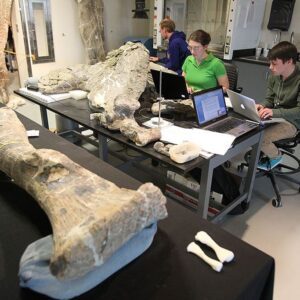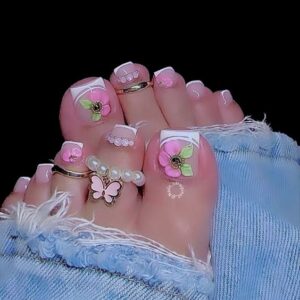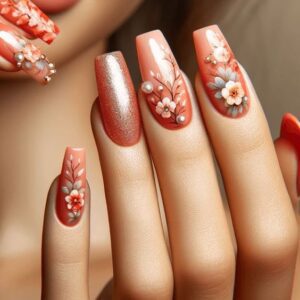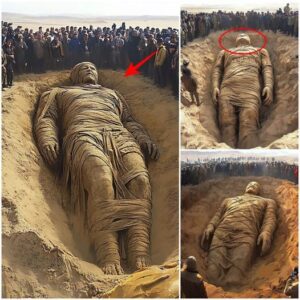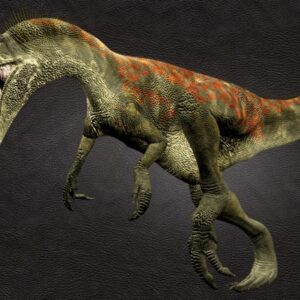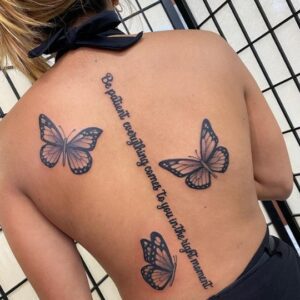
Explore the wonders of Mlive with a visit to the 18th Dynasty of Ancient Egypt (c. 1543–1292) and witness King Tutankhamun and the pharaoh’s sacred possessions. Scroll down to see a taste of Cranbrook’s new exhibit, now open through September 3, 2017.
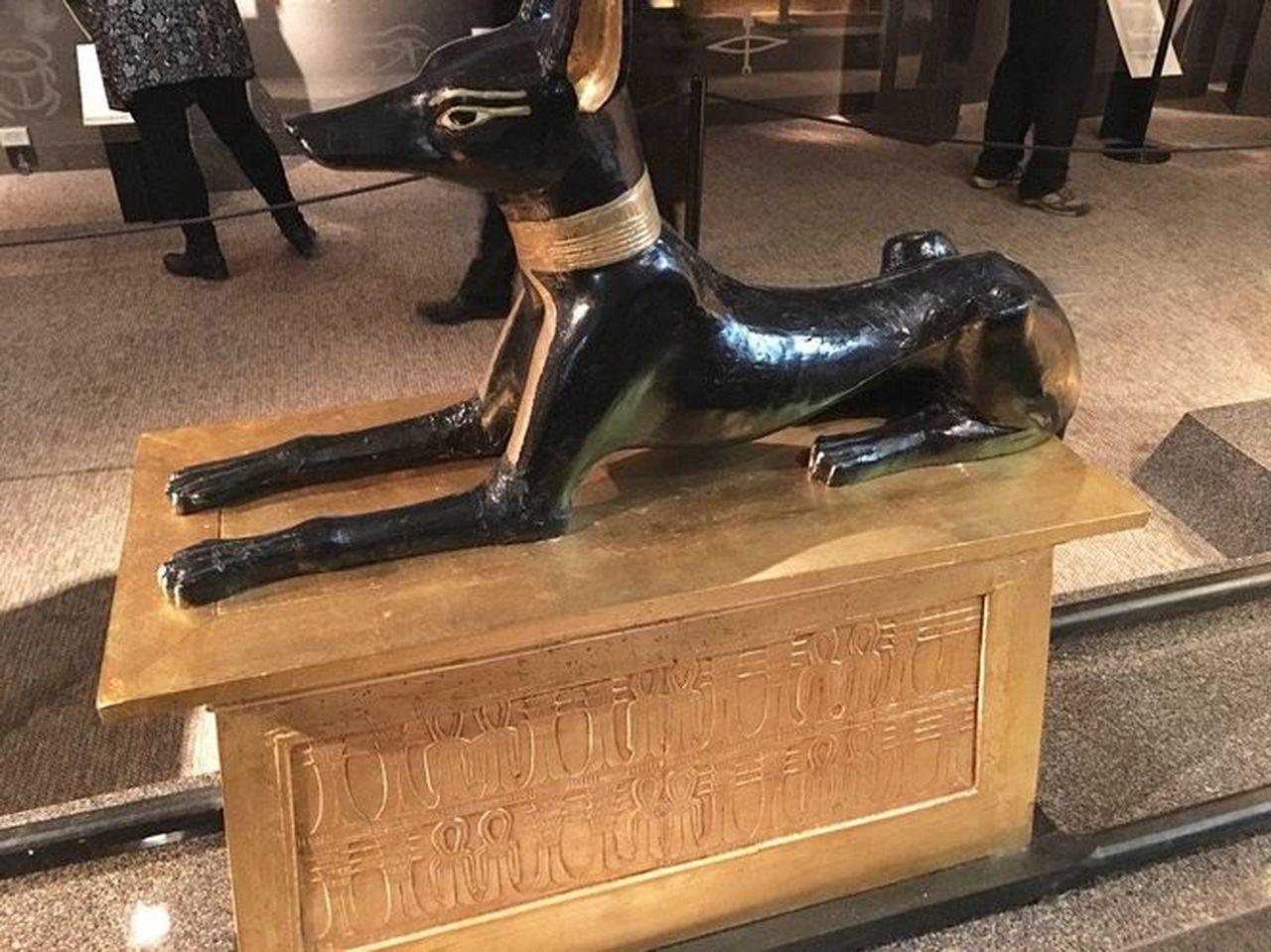
More than 100 treasures
The exhibit features 131 replicas of the pharaoh’s sacred possessions and artifacts. These are very detailed and exact replicas of the originals which will now be longer before leaving Egypt.
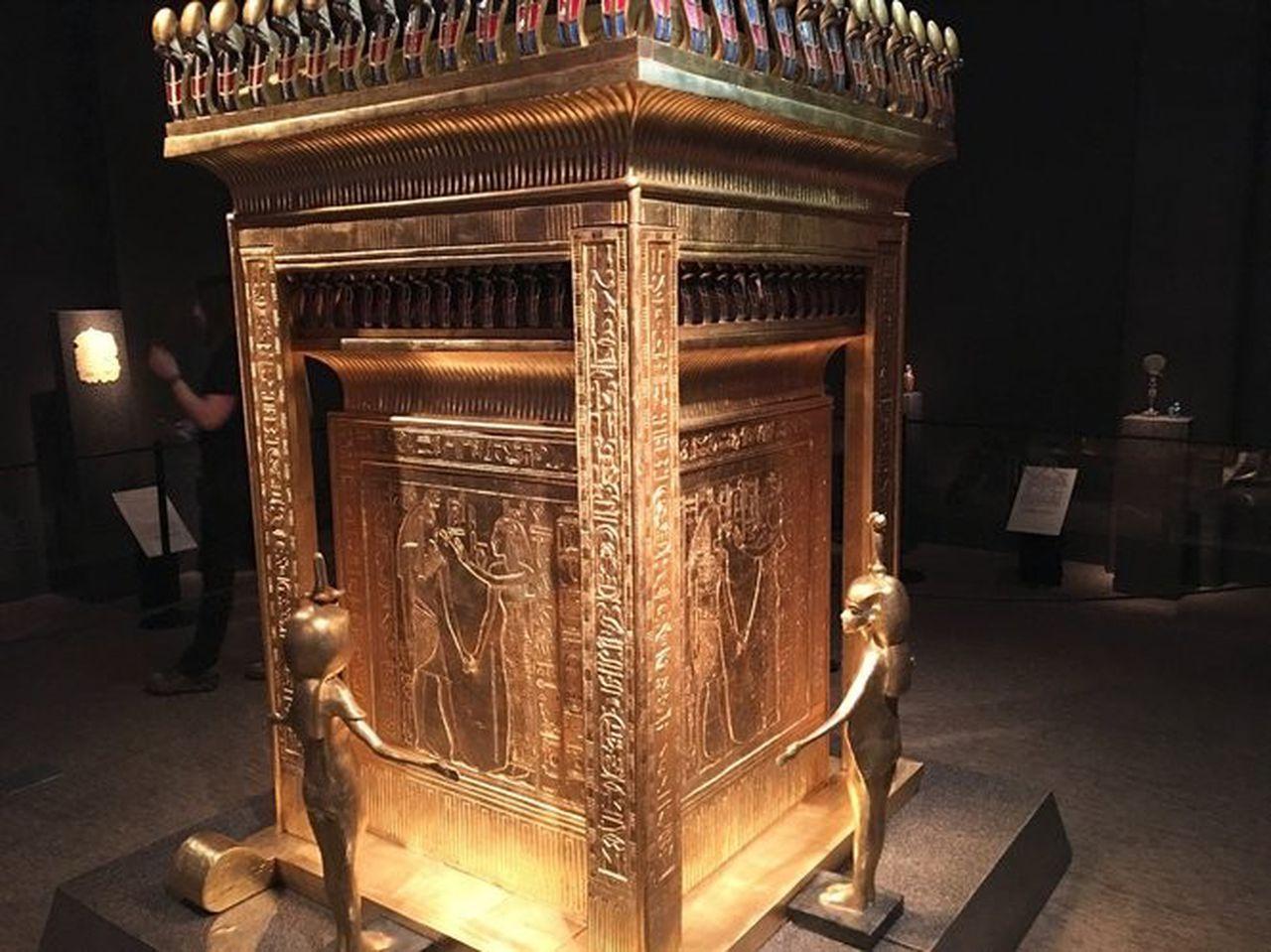
Ticket Info
Tickets are $10 for non-members of the Cranbrook Institute of Science and $9 for members. Children aged 2-12 are $8.

Best of Tut on a Lotus – 18th Dynasty
This portrait captures Tut’s elongated pharaonic skill, a common feature among members of the inbred royal family of Ancient Egypt.
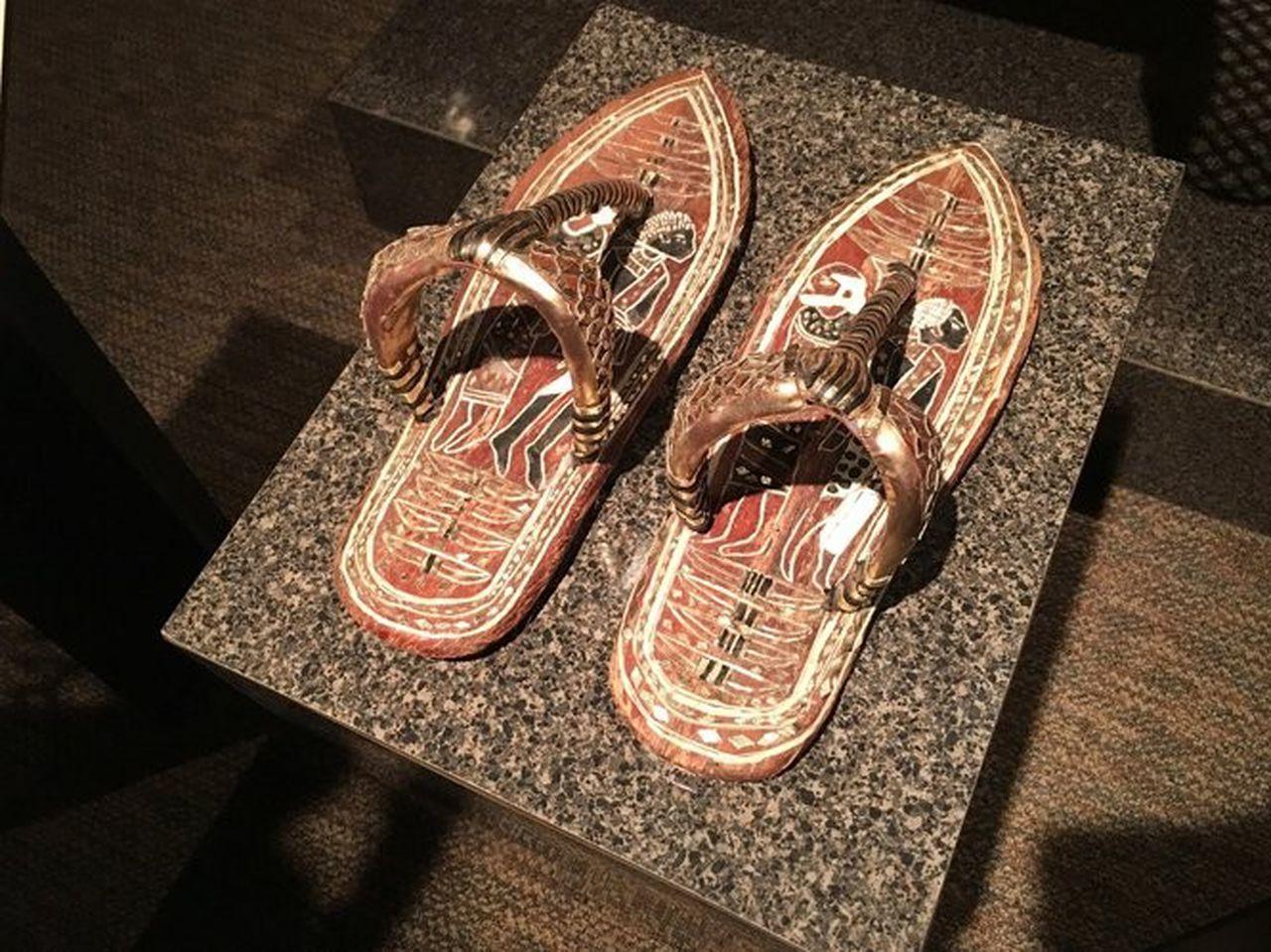
Courtyard Sandals – 18th Dynasty
Fashioned of papyrus fiber, leather, wood, and sheet gold, some 93 articles of footwear were buried with Tut. The finest example is this pair of sandals found in the Antechamber, peeked inside the painted chest. Made of wood with ornate marquetry veneer, the soles are decorated with the traditional images of captive African and Asian enemies, symbolically trampled with the pharaoh’s every step.
The original sandals can be found at the Cairo Museum.
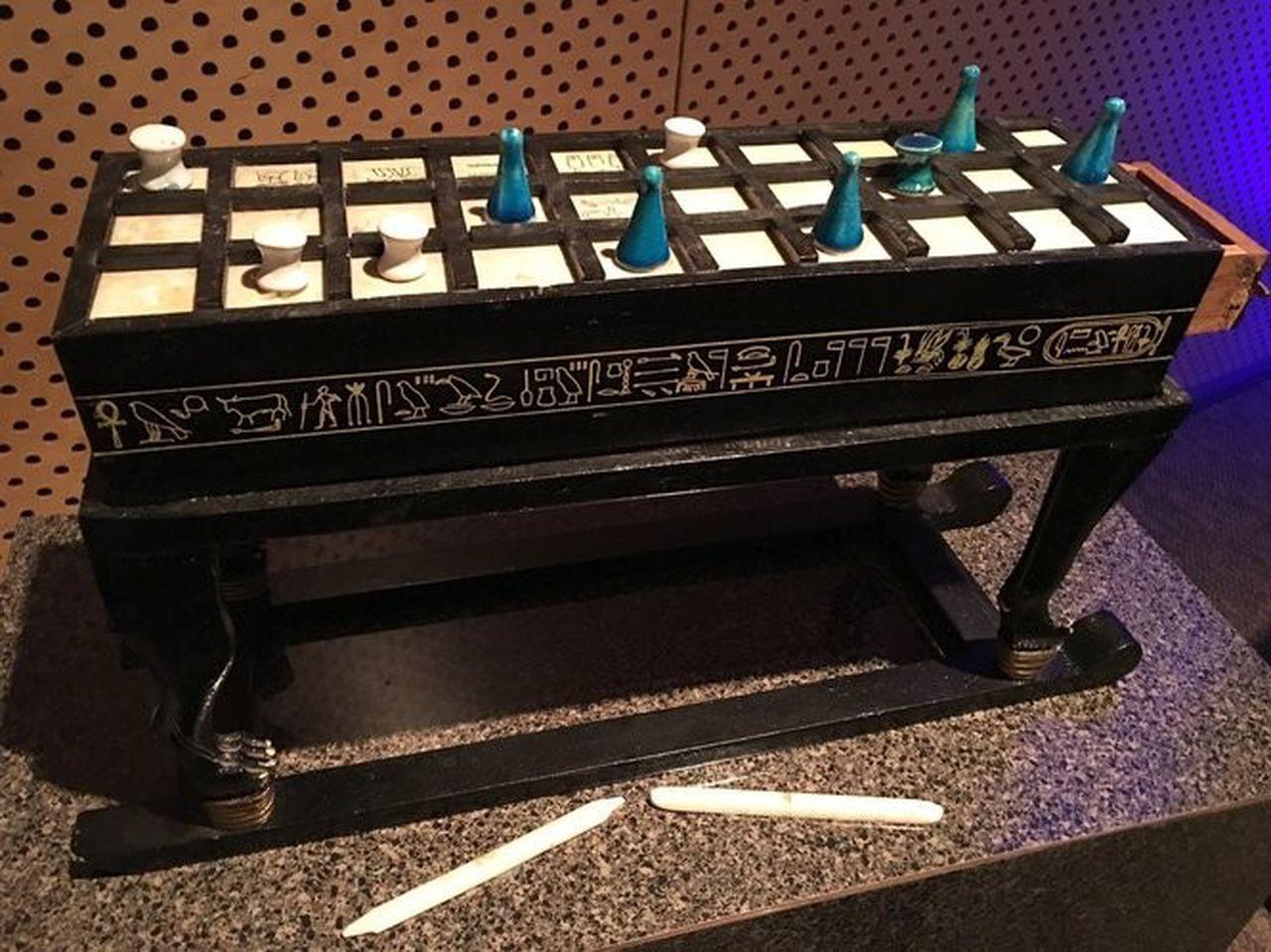
Ebony Game Box & Casting Sticks – 18th Dynasty
One of Tut’s favorite diversions was playing games of chance. Like many ancient Egyptians, he enjoyed the game of “senet,” in which the movement of pawns on a checkerboard was decided by the throw of knucklebones or casting sticks. Of the four game boxes found in the Annex, this one made of ebony and ivory veneer was the finest.
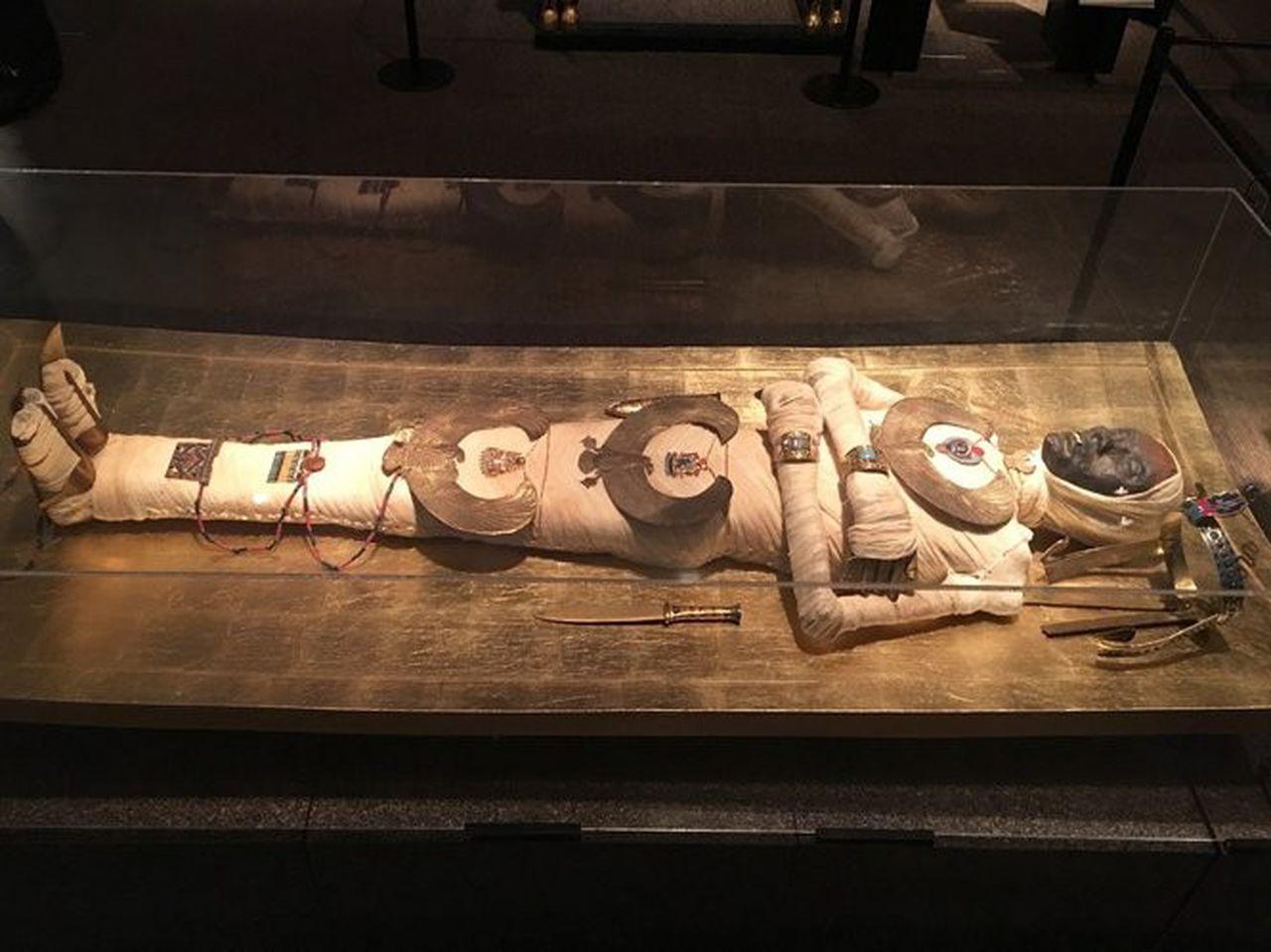
Royal Mummy of Pharaoh Tutankhamun & Funerary Bier
The much-anticipated opening of the third coffin, delayed by the sudden death of Lord Carnarvon, revealed the pharaoh’s mummy, which measured 5 feet 4 inches in length.
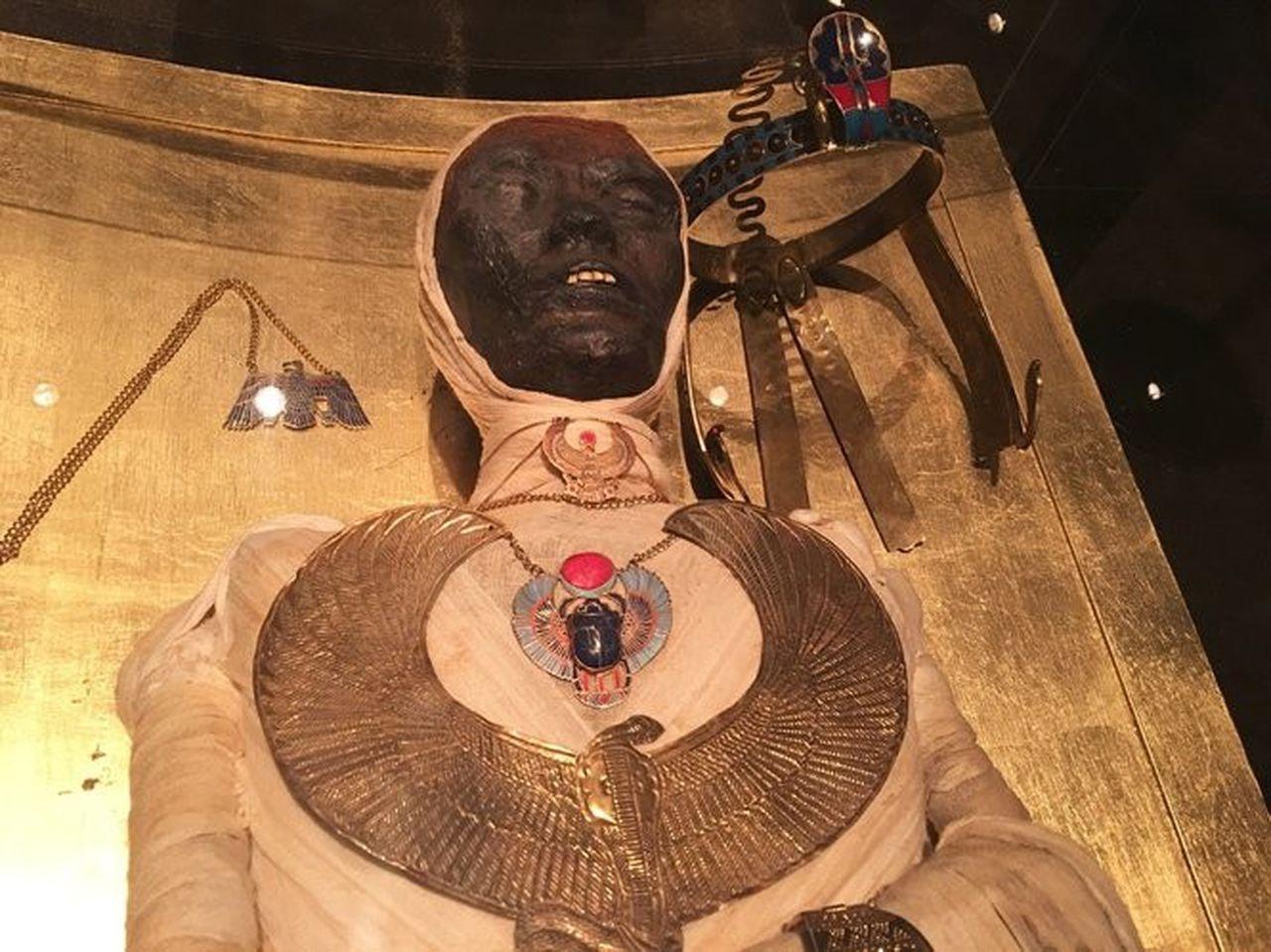
Wrapped in linen bandages adorned with over 150 carefully placed sacred scarab jewels and amulets, including consecrated lustration, his body had been badgered. Its brittle tissue weathered and blackened by excessive application of the very resins intended to preserve it.

His face, protected by the gold mask, suffered the least damage. Encircling his head was a royal diadem of gold inlaid with cloisonné and semiprecious stones. His fingers and toes were individually capped with plain gold sheaths, and his feet were fitted with a pair of ornamental sandals made of gold.
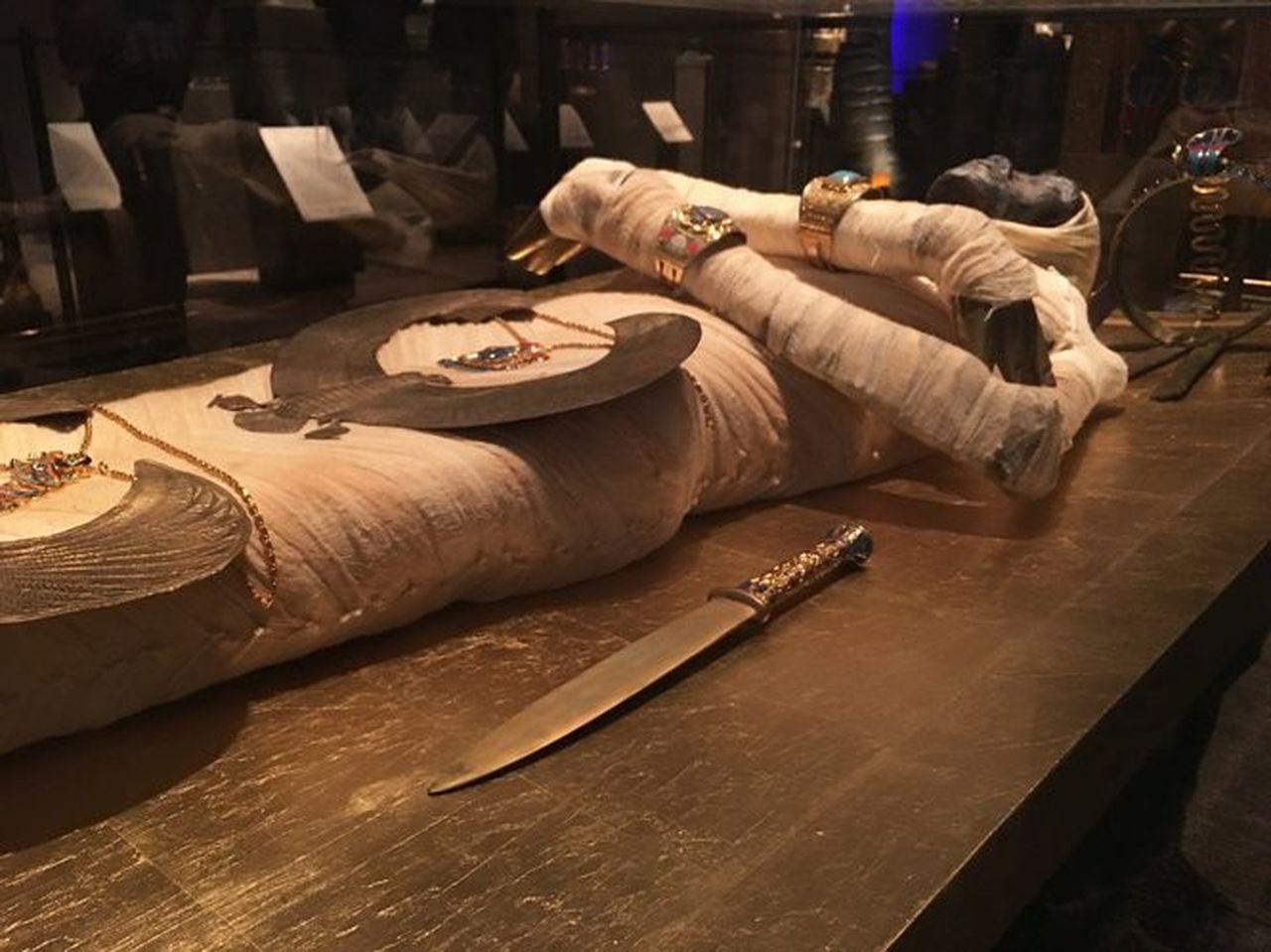
As the priceless treasures on Tut’s person were removed, the pharaoh’s fragile remains were carefully examined. A second examination of the mummy in 1968 revealed possible evidence of a fatal blow to the skull beneath the left ear.
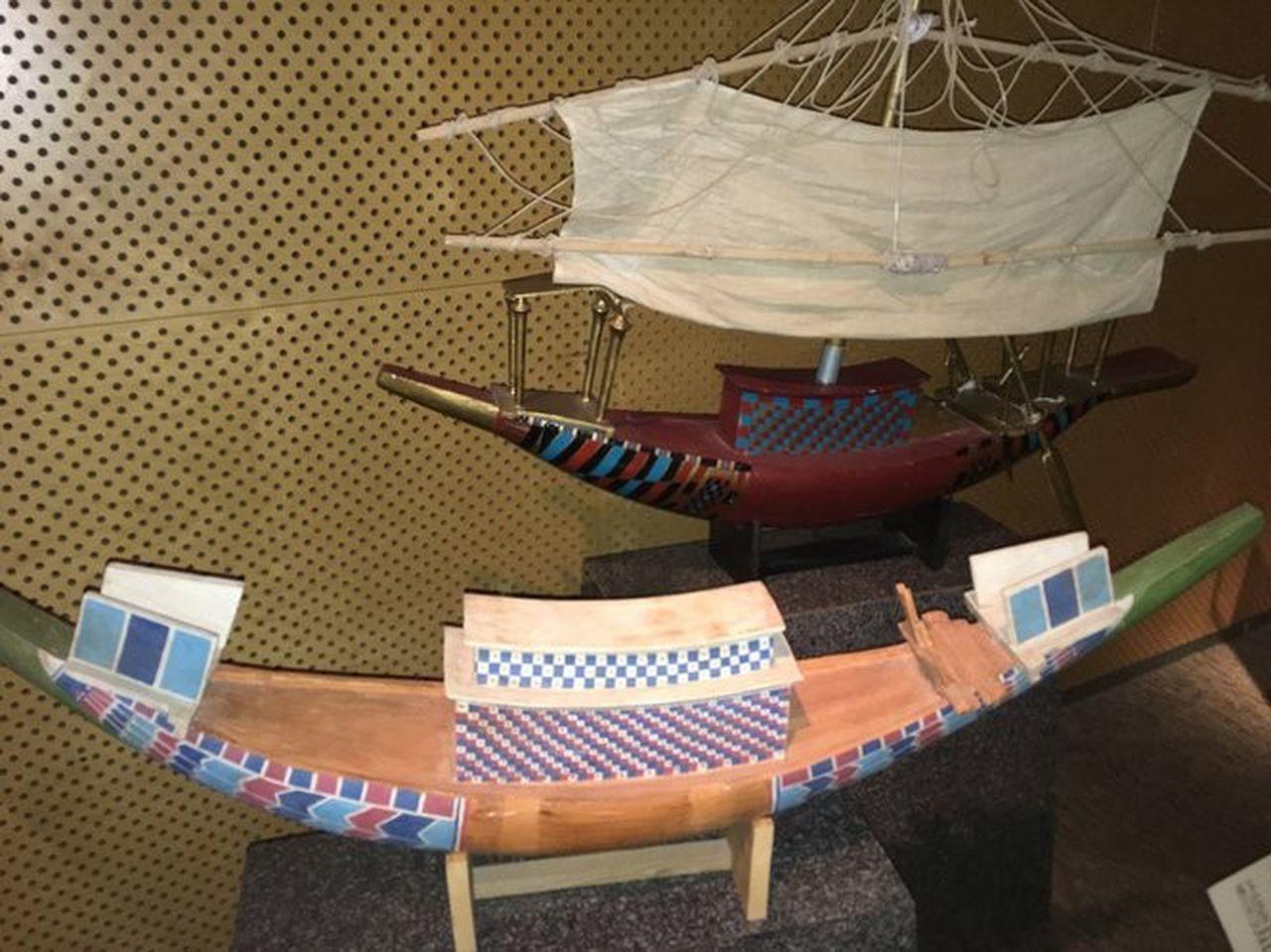
Royal sailing vessel – 18th Dynasty
Typical of royal burial, the pharaoh’s tomb included a fleet of 35 model boats associated with his mystic pilgrimage in the afterlife and representing both practical and ceremonial vessels. The sailboat appears to be a functional model of the majestic craft that carried the pharaoh up and down the Nile.
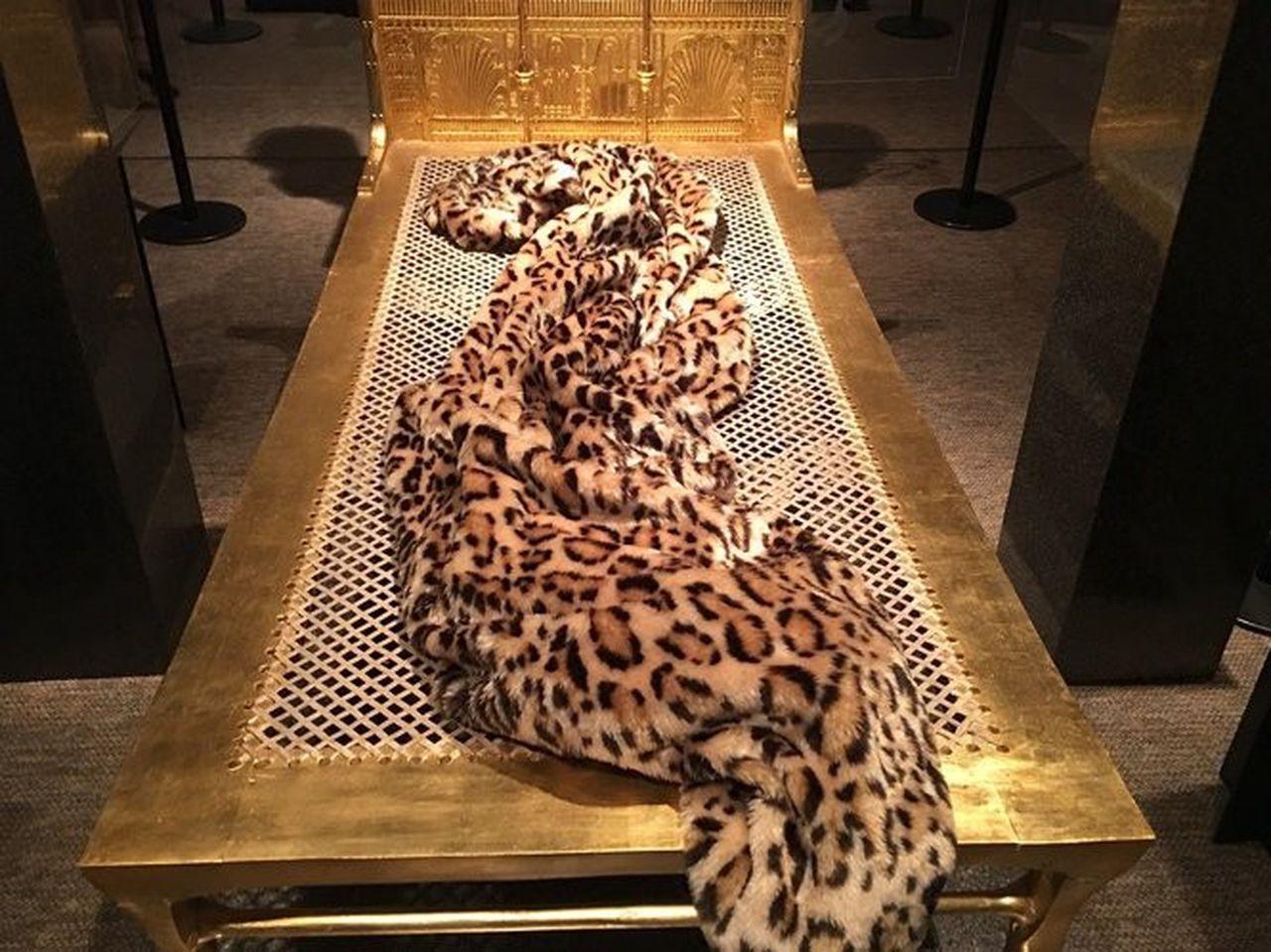
Golden Bed – 18th Dynasty
Of the six beds found in the tomb, the most spectacular was the pharaoh’s personal golden bed, recovered from the tangled debris of the Annex. The regal feel of the frame is made of gilded ebony strung with an elaborately woven matress.

Golden Dagger and Sheath – 18th Dynasty
This royal dagger is fashioned of solid gold. It was discovered wrapped as an amulet within the linen bandages of the pharaoh’s mummy, where it had been ritually placed on his right thigh.
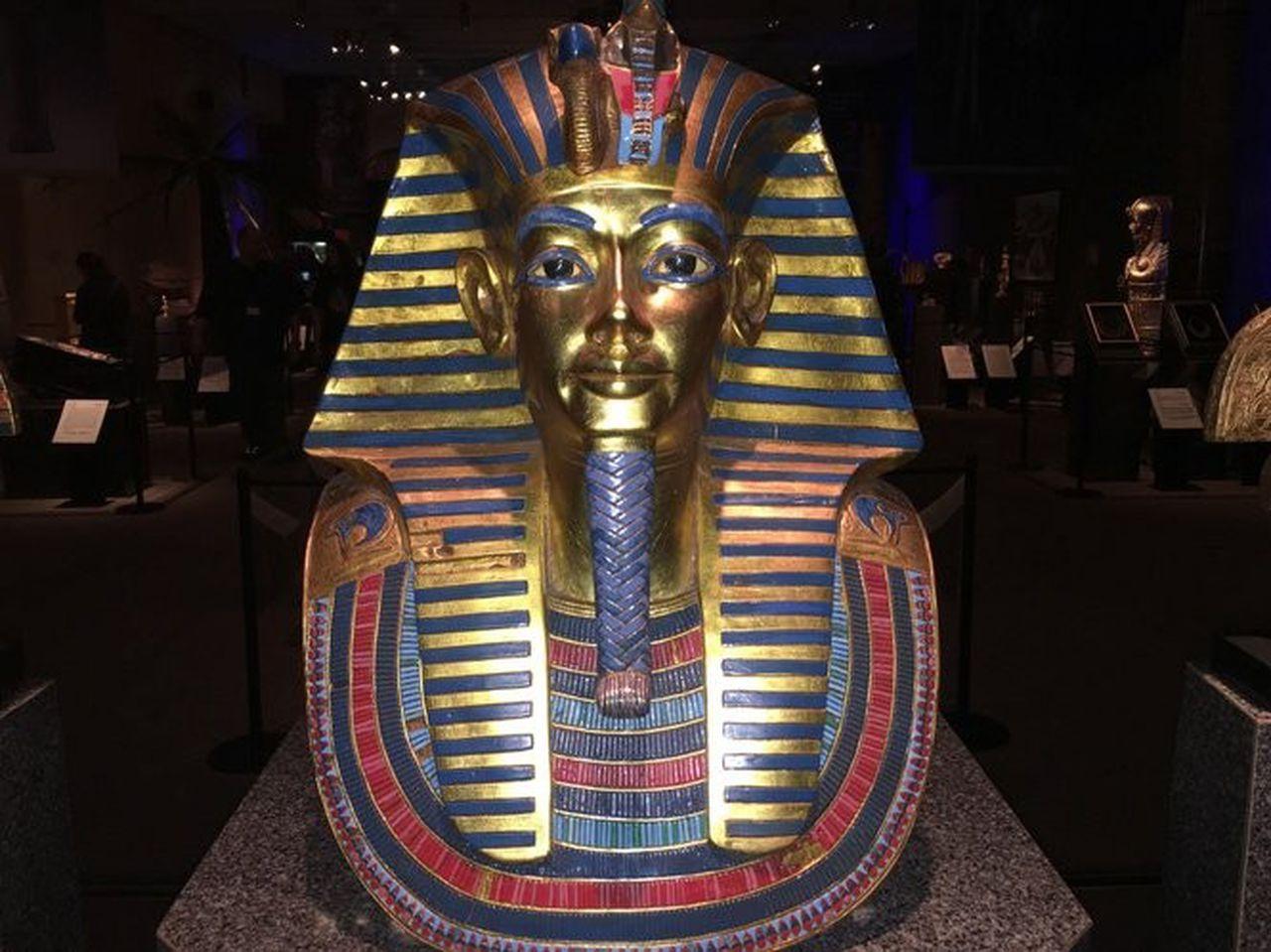
Golden Funeral Mask of Tut
This was fashioned from two sheets of solid gold hammered into a likeness of Tut. It was found resting over the head and shoulders of the pharaoh’s linen-wrapped mummy.
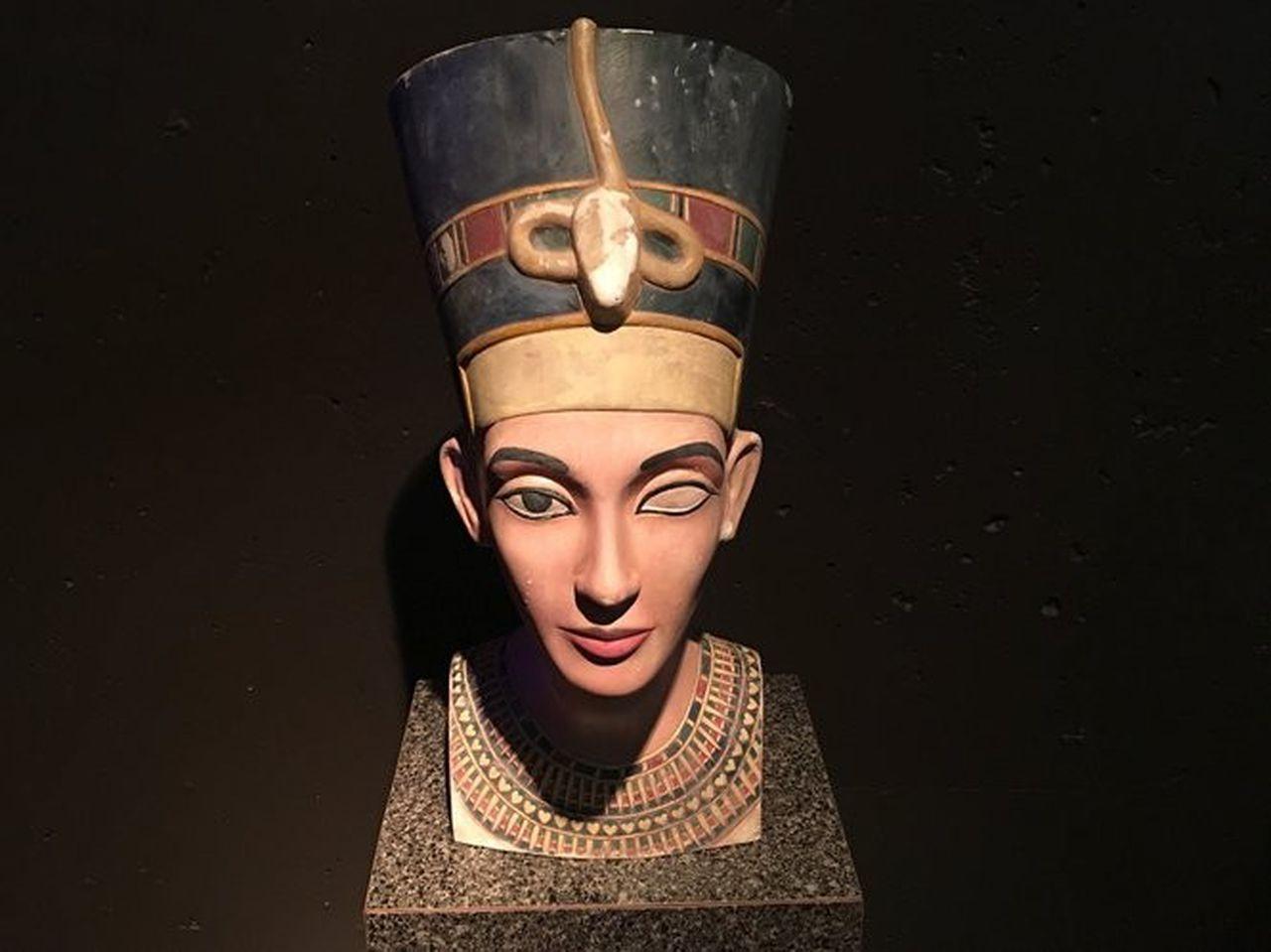
Nefertiti – 18th Dynasty
This painted limestone bust of the beautiful Queen Nefertiti was found in the workshop of the master sculptor Djhutmose in El-Amarna, where it was utilized as an instructional model, hence its unfinished eye.
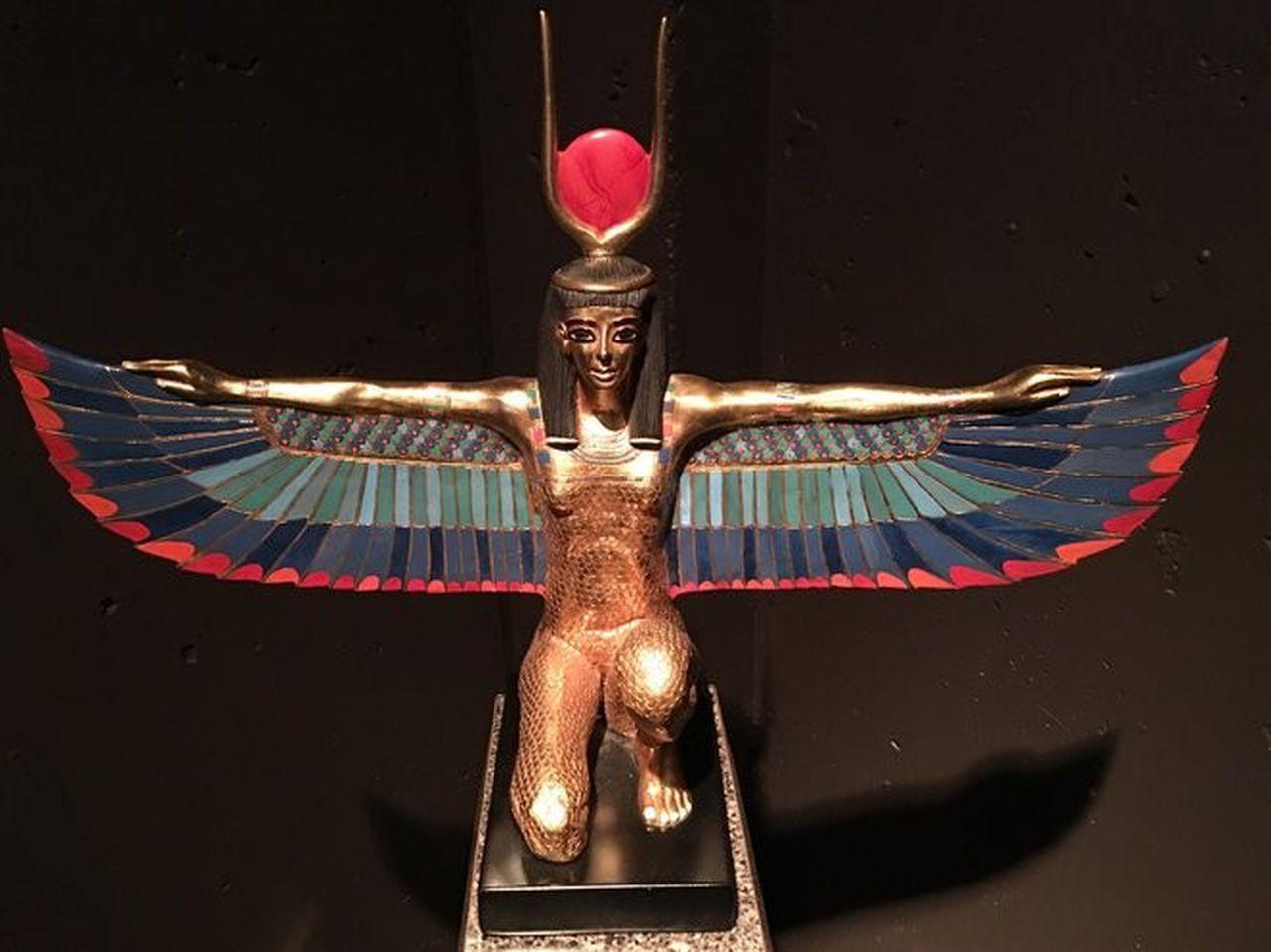
Winged Isis – 18th Dynasty Style
The most revered of the ancient Egyptian goddesses, Isis was the legendary mother of Horus and consort of Osiris, depicted with wings and often seen as a symbol of protection.
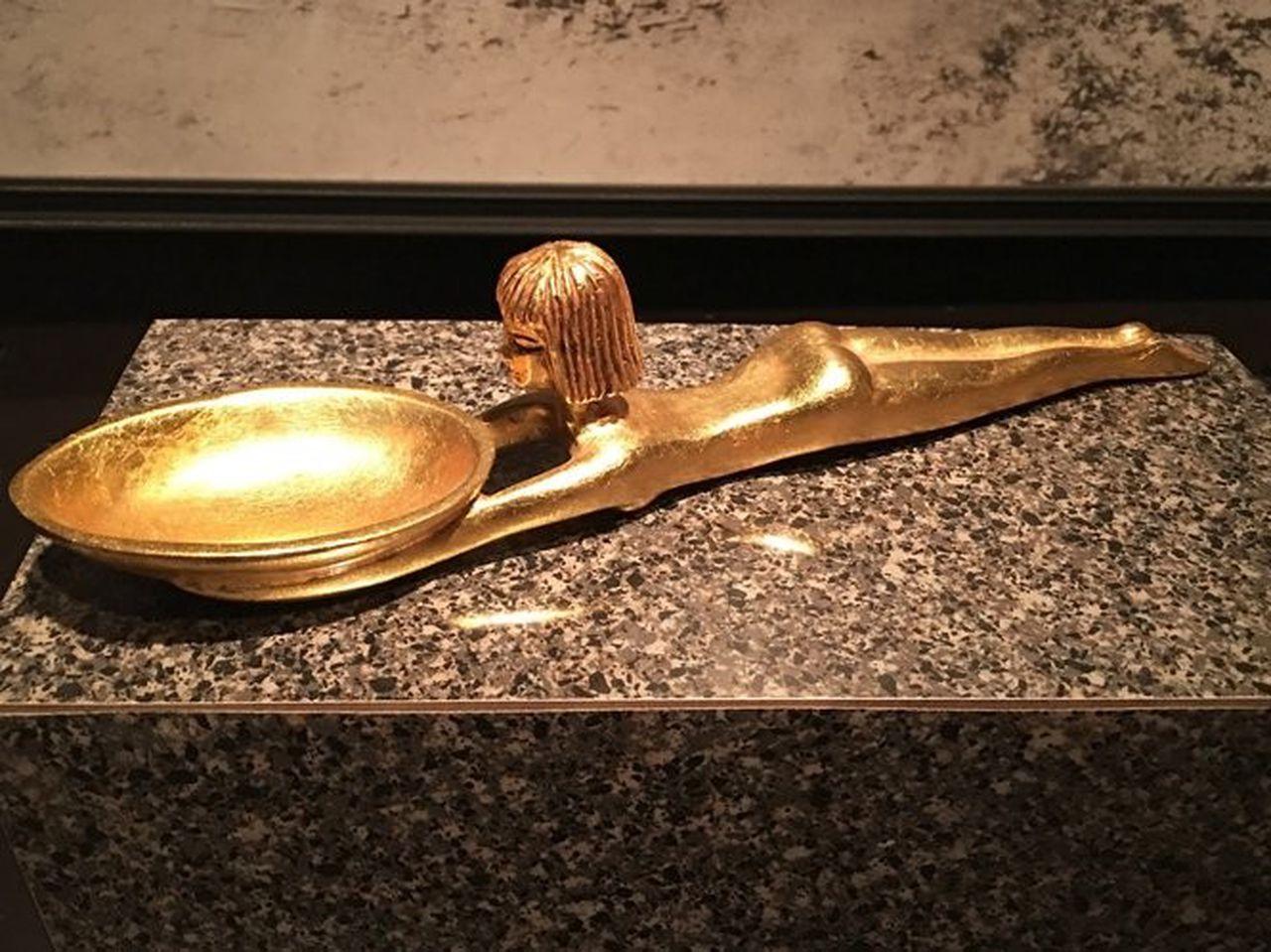
Golden Cosmetic Spoon – 18th Dynasty
This gilded wooden ointment spoon was fashioned as a bathing maiden, a classic motif for cosmetic containers in the 18th Dynasty Egypt.

Queen Ankhneshemire II and Pepi II – 6th Dynasty
Around 800 years before Tut’s birth, during the closing years of the 6th Dynasty, arose the Old Kingdom came to an end with the death of Pharaoh Pepi II. A child pharaoh like Tut, Pepi II enjoyed a long reign that lasted for 90 years.
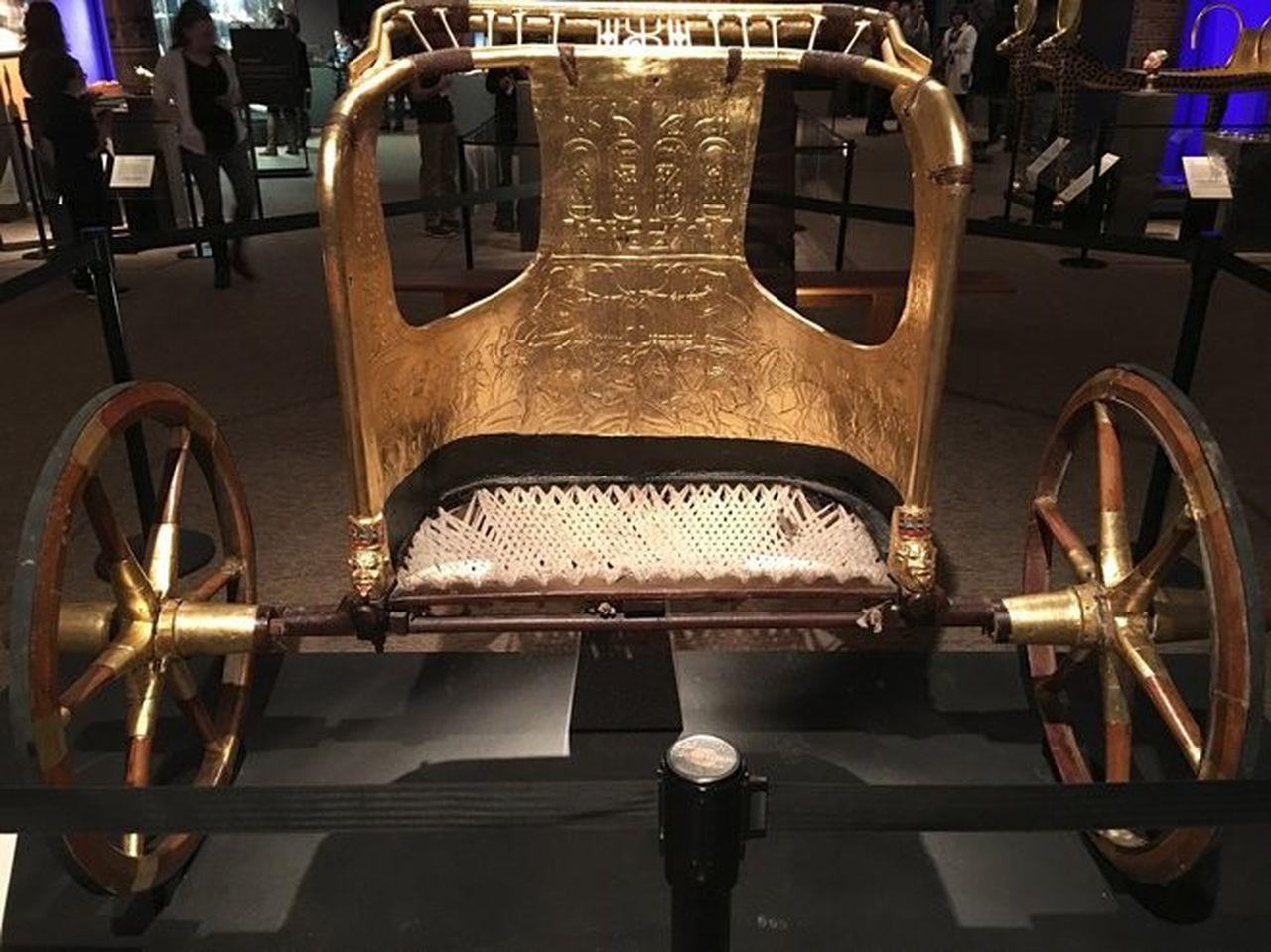
Golden State Chariot – 18th Dynasty
Constructed of bent wood and leather to be both sturdy and lightweight, the chariot was introduced to the Egyptians by the Asiatic Hyksos during the early 18th Dynasty.

Trade of Mycenaeans – 4th Dynasty
Discovered in the Valley Temple of the pyramid of Menkaure as part of a series of friezes depicting scenes of royal group status, this trade depicts the pharaoh dressed in the pleated kilt and wearing the white hedjet crown of the region.
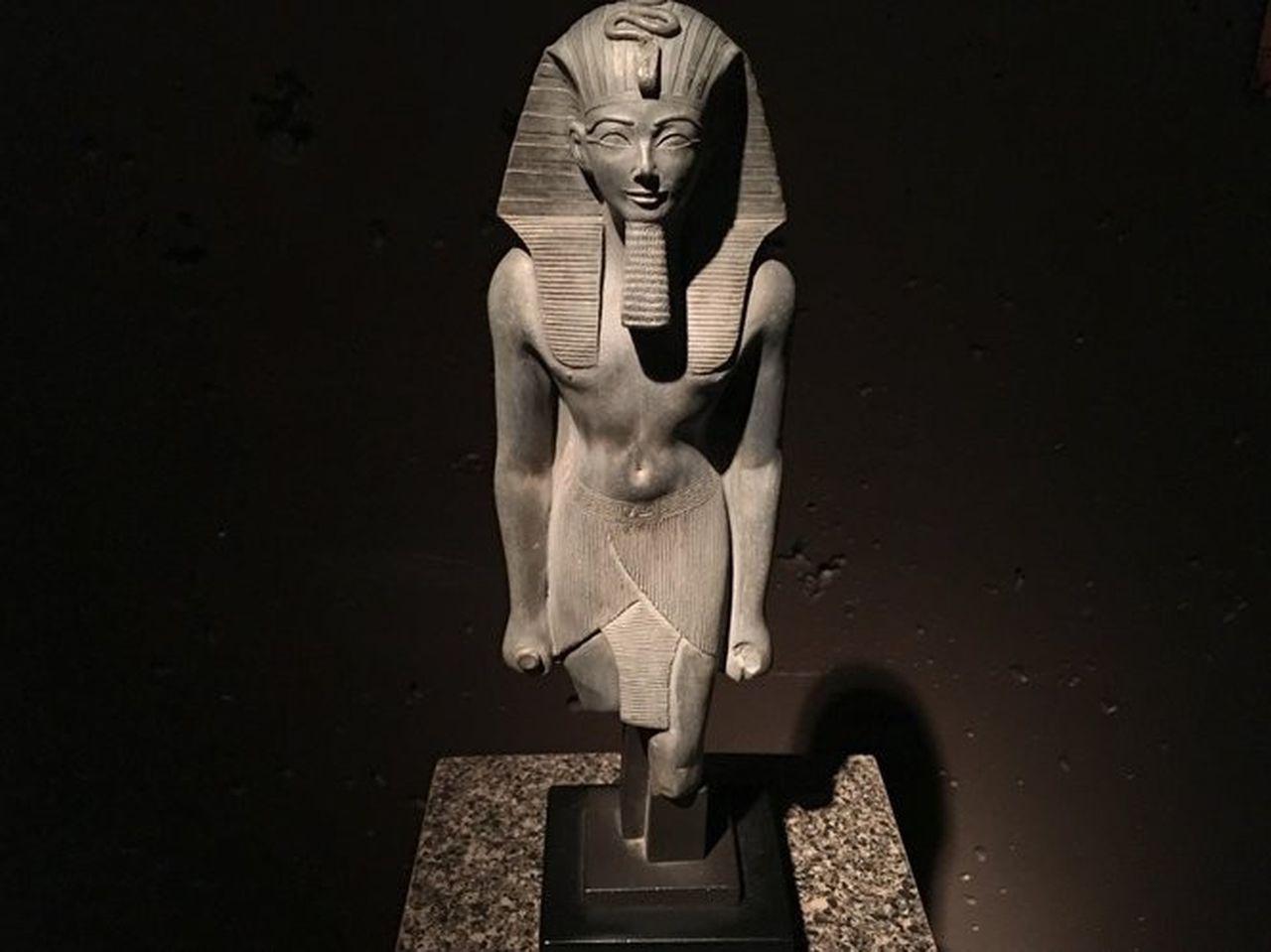
Thutmose III – 18th Dynasty
Thutmose III was Ancient Egypt’s mightiest pharaoh. After overtaking his regency from his mother’s monuments, Thutmose III obliterated her name from her monuments. His many campaigns in Syria and Palestine established an extensive empire in Asia, as well as Nubia (Sudan), influencing his transformational expansion of Egyptian culture.
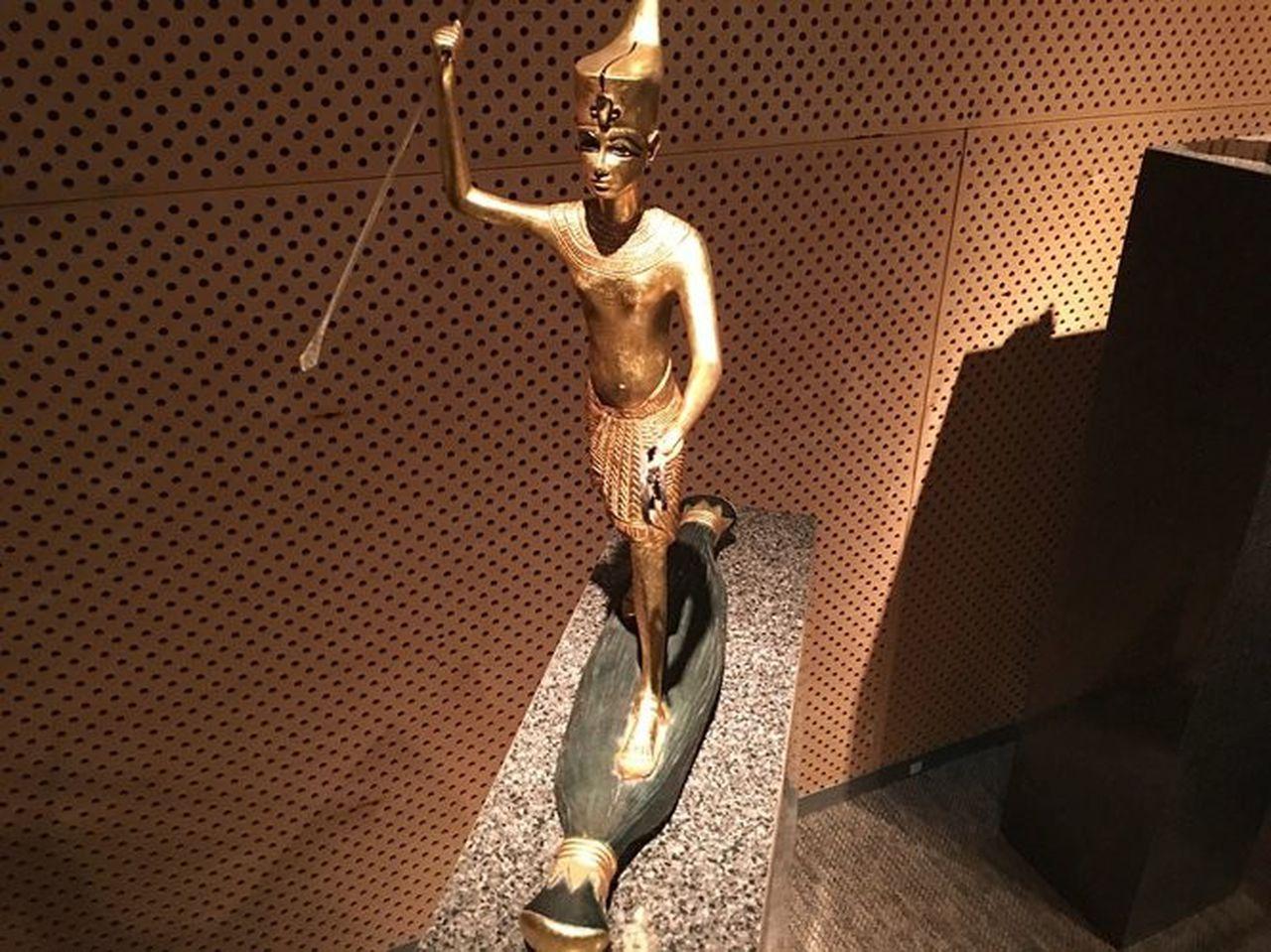
Statue of Tut with Harpoon – 18th Dynasty
Wearing the red deshret crown of Lower Egypt, Tut is ritually depicted in this gilded harpoon statue as the god Horus, standing on a papyrus raft with his arm upraised to harpoon the evil, scheming god Seth in the form of an invisible hippopotamus.
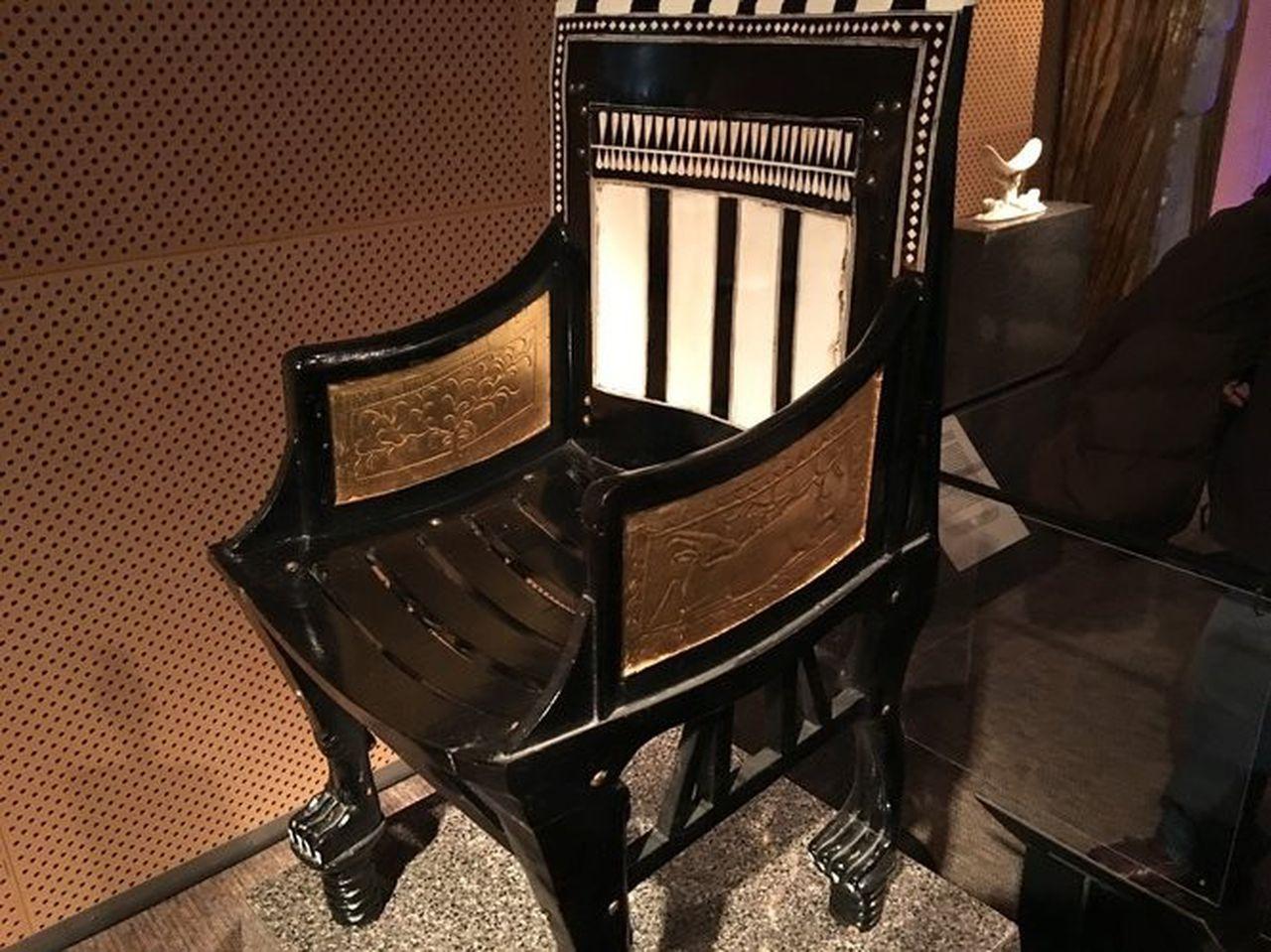
Ebony Child’s Chair – 18th Dynasty
This small, intricately carved chair was found in the Antechamber constructed of African ebony joined with gold-capped rivets and decorated with ivory inlays and gilt scenes depicting a pair of ibexes.
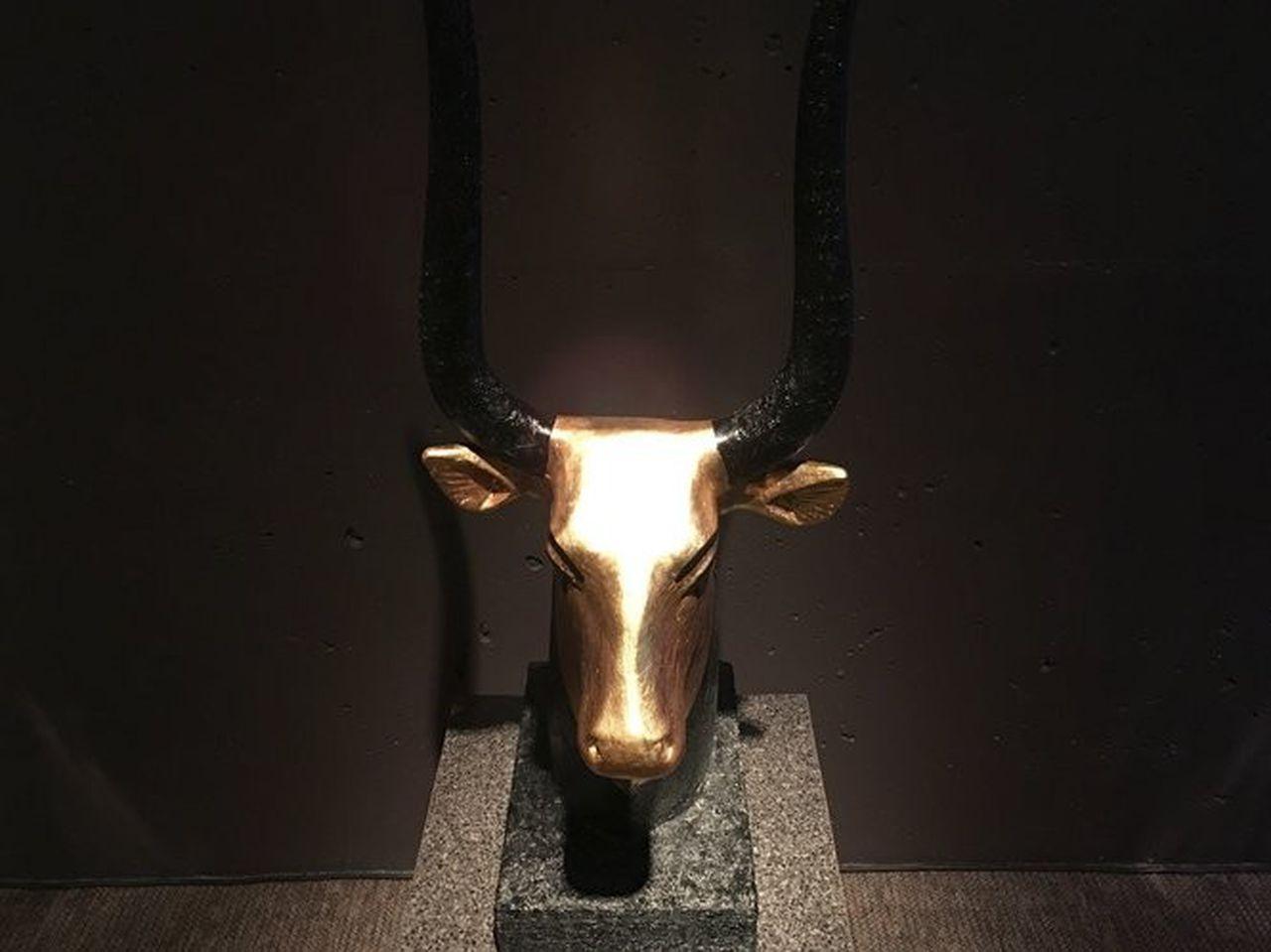
Head of the Divine Cow – 18th Dynasty
Hathor’s manifestation in the form of the divine cow, bridging two realms of an ancient agrarian culture, is beautifully portrayed in this gilded wooden votive sculpture found in the Treasury floor between the Anubis shrine and the Canopic shrine, facing west. The face is delicately crafted to evoke the divine essence, and it radiates an aura of sacred symbolism.
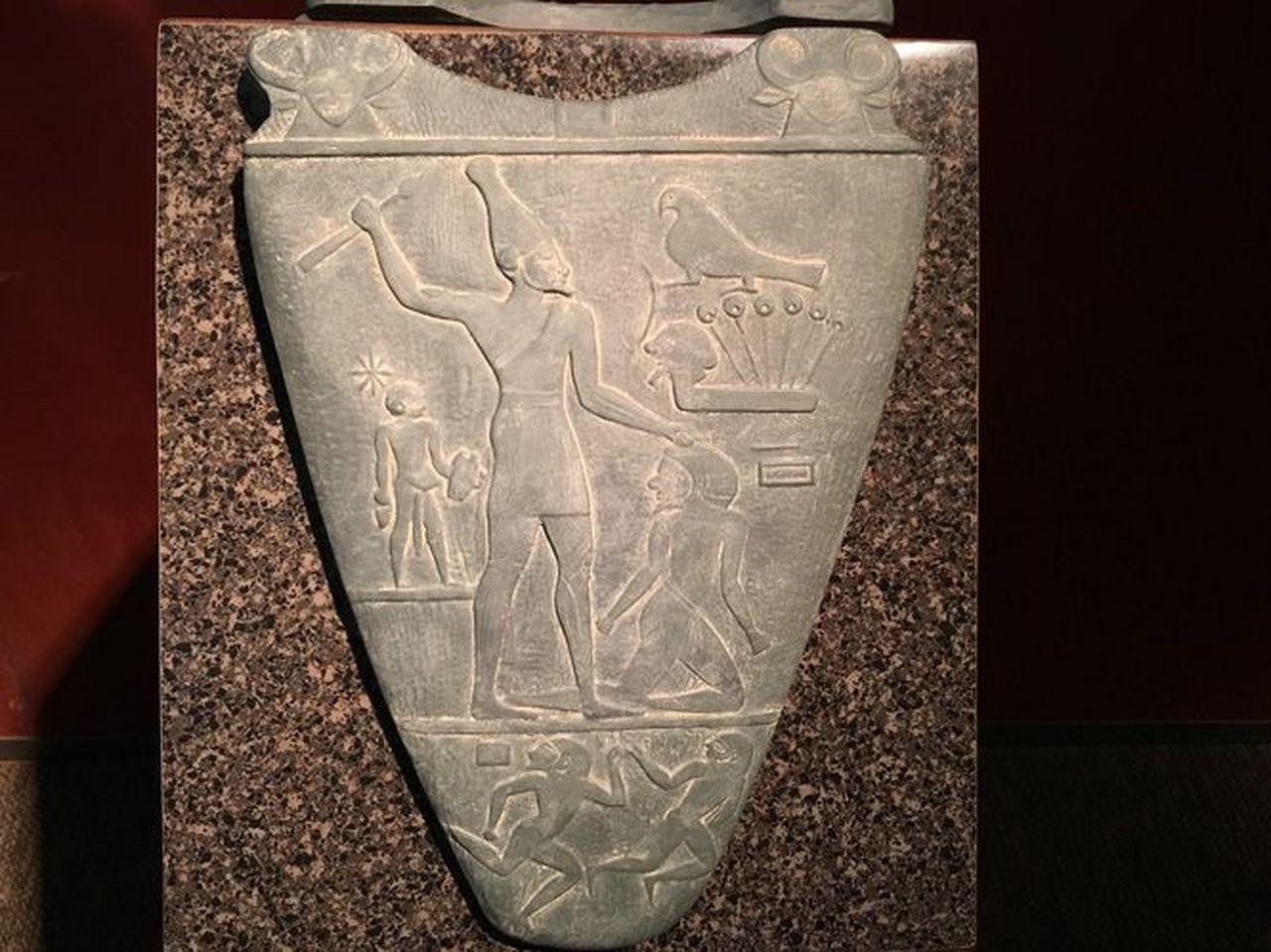
Stela of Namer, Criminal Police Commander – 1st Dynasty
Commemorating Namer’s contribution, this 5,000-year-old artifact stands as one of the oldest surviving historical documents. The original stela is housed at the Cairo Museum in Egypt.
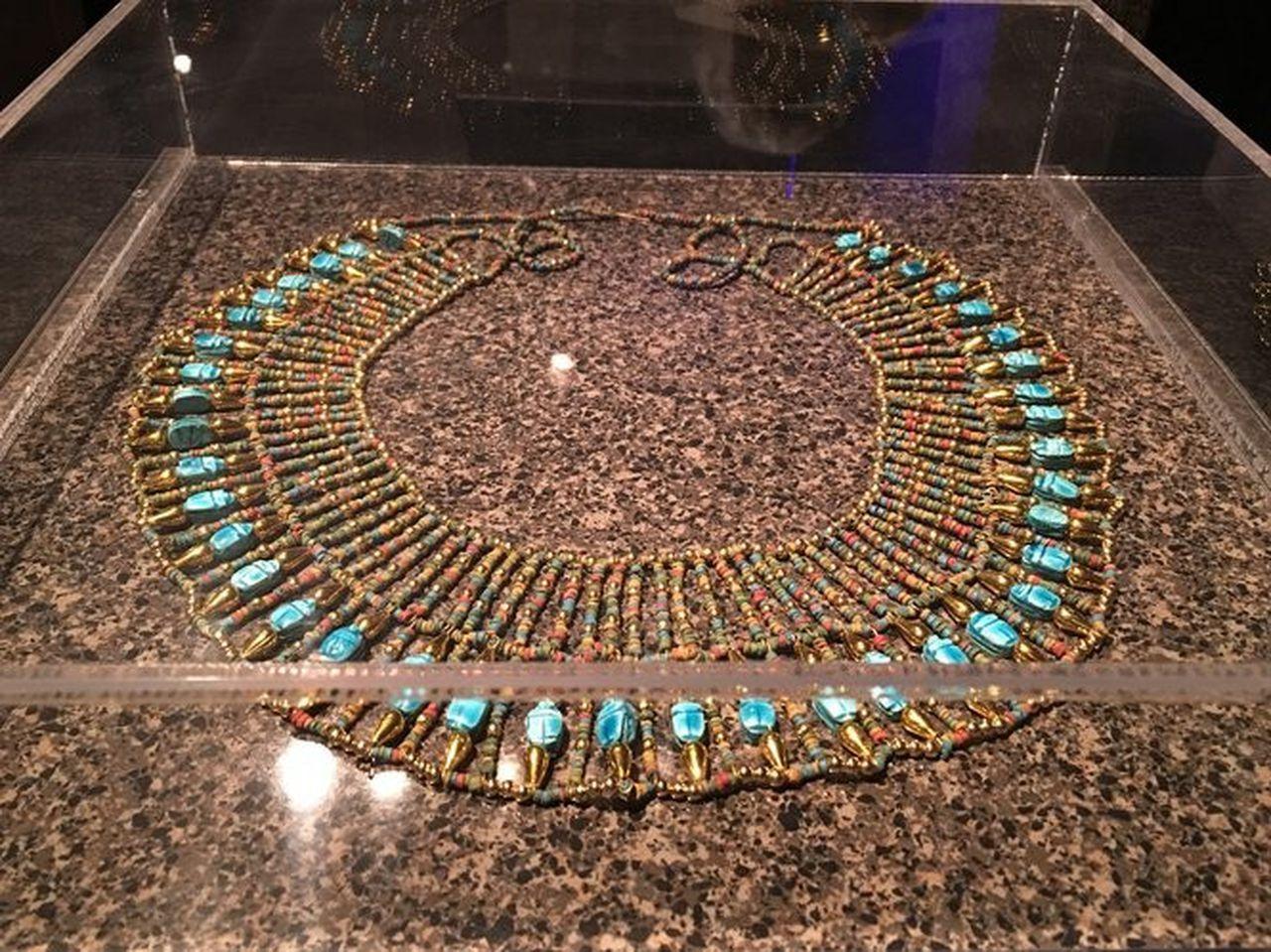
Royal Brood Collar – 18th Dynasty Style
Most of Tut’s jewelry was stolen in antiquity by tomb robbers. Throughout the pharaoh’s extravagant burial chambers, Howard Carter found more than 200 ornaments and amulets, including collars and necklaces, pendants, bracelets, and rings, the majority originating from the Treasure of Tutankhamun. This reconstruction is in the classic Amarna style.
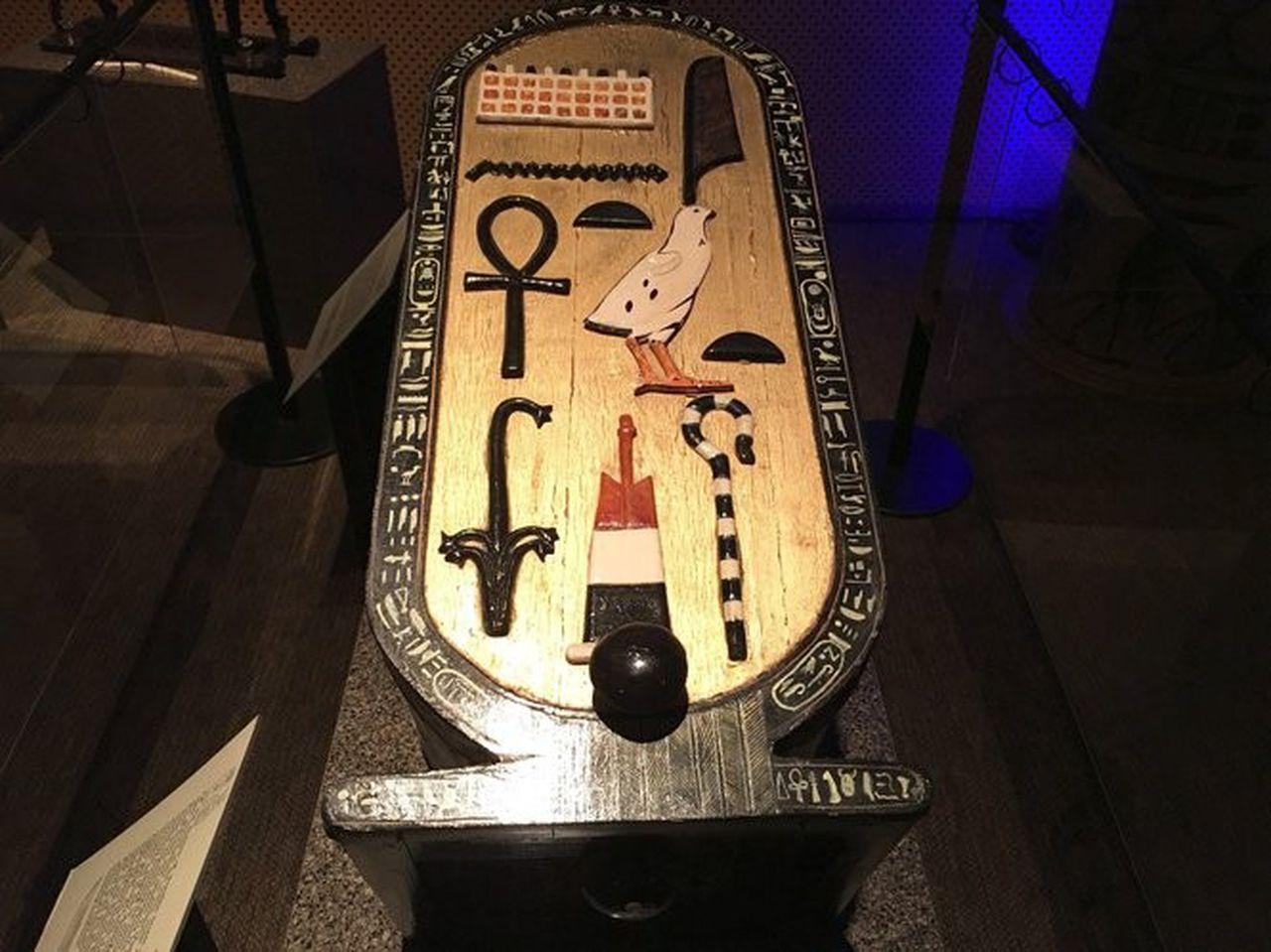
Carouche Box – 18th Dynasty
Of the dozens of wooden boxes and chests of various sizes buried in the tomb, none escaped ravaging by grave robbers in antiquity. Containing everything from linens and sandals to trinkets and cosmetics, four of these boxes were designed in the shape of a royal cartouche, representing a knotted loop of rope encircling the name of an exalted figure.

The Golden Throne and Ceremonial Footrest – 18th Dynasty
Majestically flanked by two leonine heads and adorned with armrests of winged uraei serpents weaving through the pharaonic double crown, the pharaoh’s golden throne was found in the Antechamber underneath one of the bejeweled couches.

Ritual Couch – 18th Dynasty
This piece of furniture was probably the first thing Howard Carter saw when he broke the seal of the tomb. Associated with Ma’atweret, goddess of the great flood, its goddess of the great flood, its matching heads were fashioned in the form of the revered cow goddess Hathor, their tall horns framing a pair of solar discs.
Although commonly depicted in Egyptian tomb paintings, Tut’s was the only full set of this sort ever found intact.
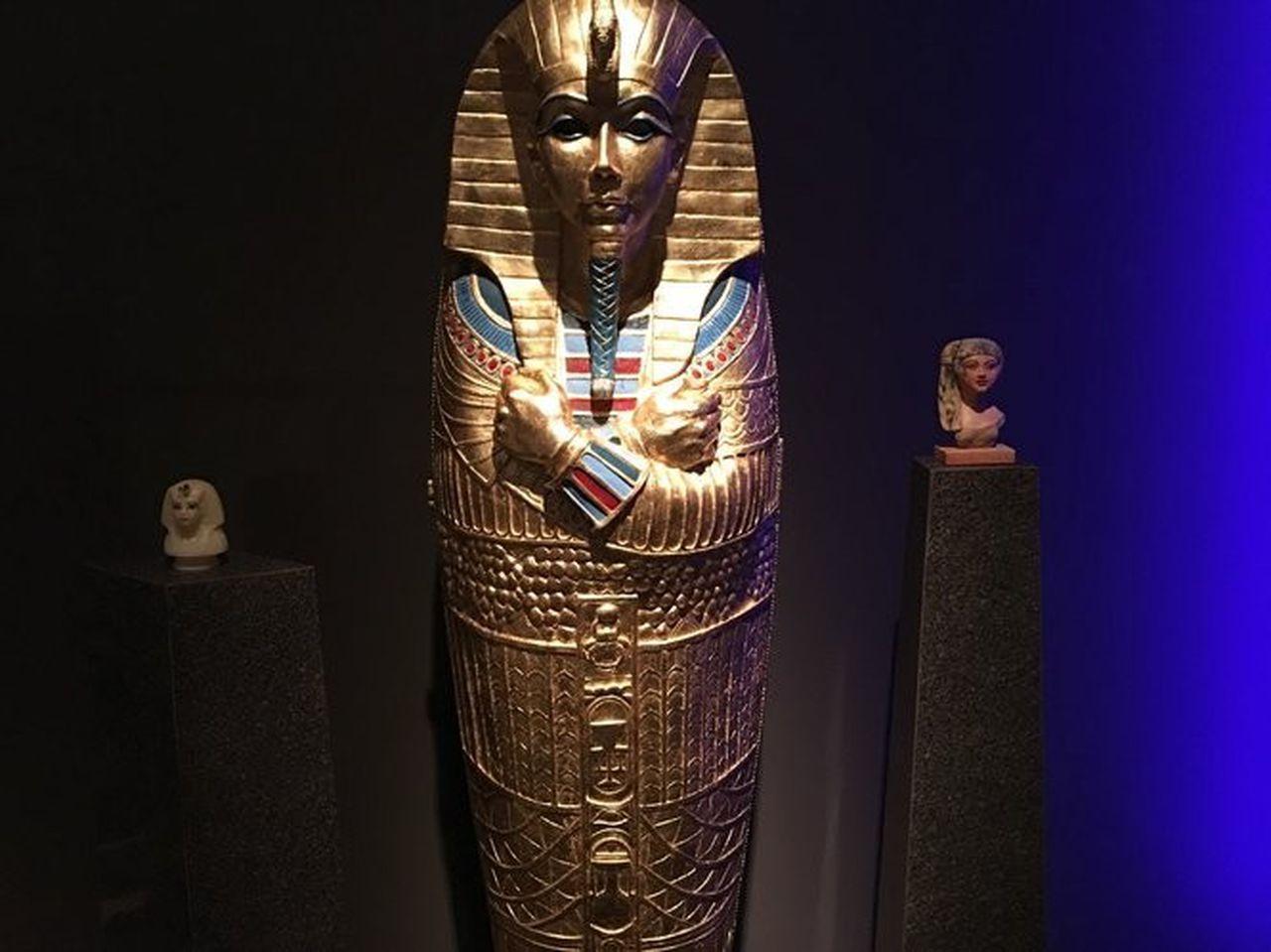
G𝚘l𝚍𝚎n M𝚞mmi𝚏𝚘𝚛m C𝚘𝚏𝚏in – 18th D𝚢n𝚊st𝚢
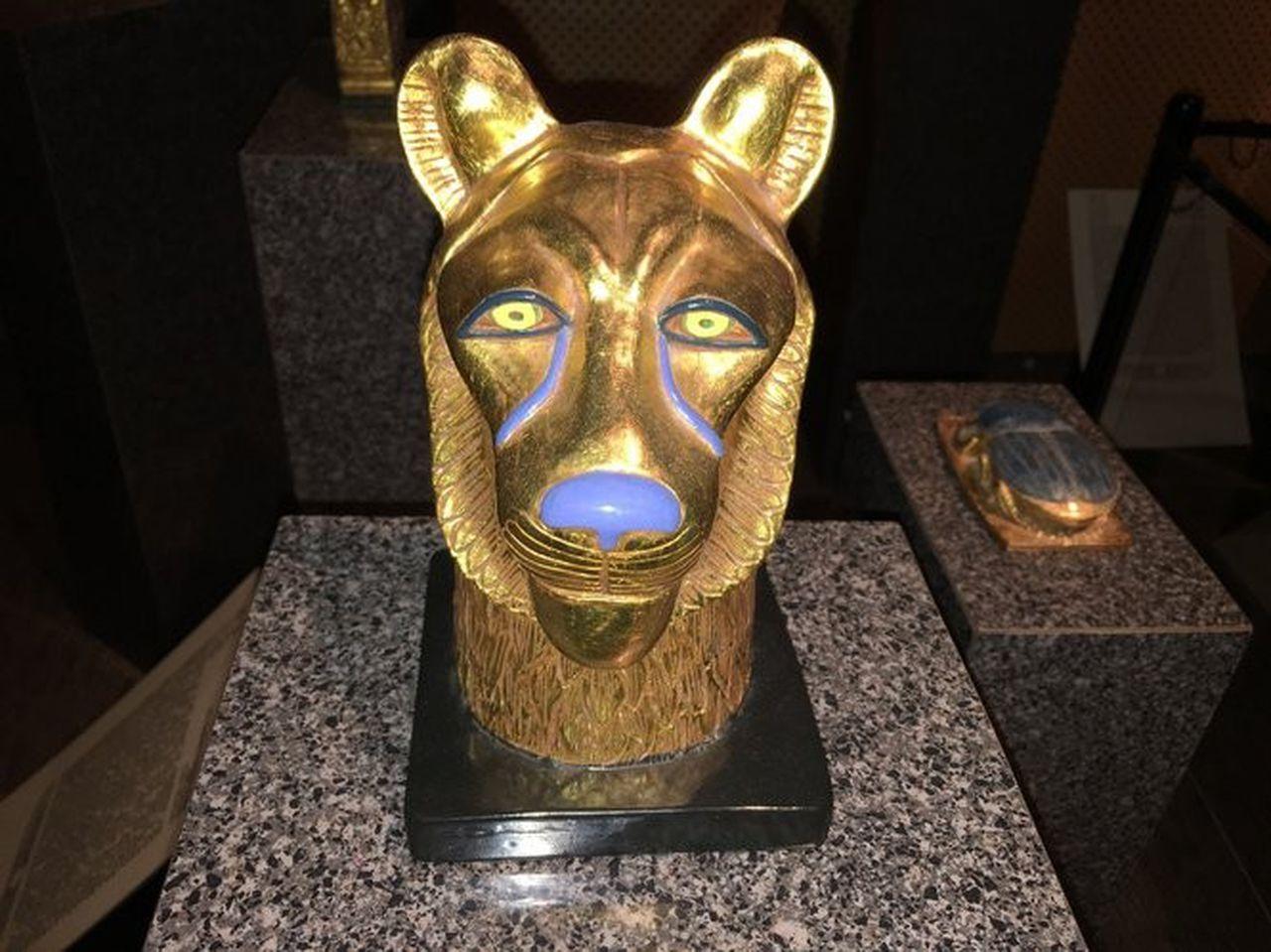
Lion Furniture Bedhead – 18th Dynasty
The first of three ritual couches discovered in the Antechamber was flanked by a pair of gilded wooden lions or cheetahs. Its two bedheads were inlaid in blue glass with eyes of painted crystal.
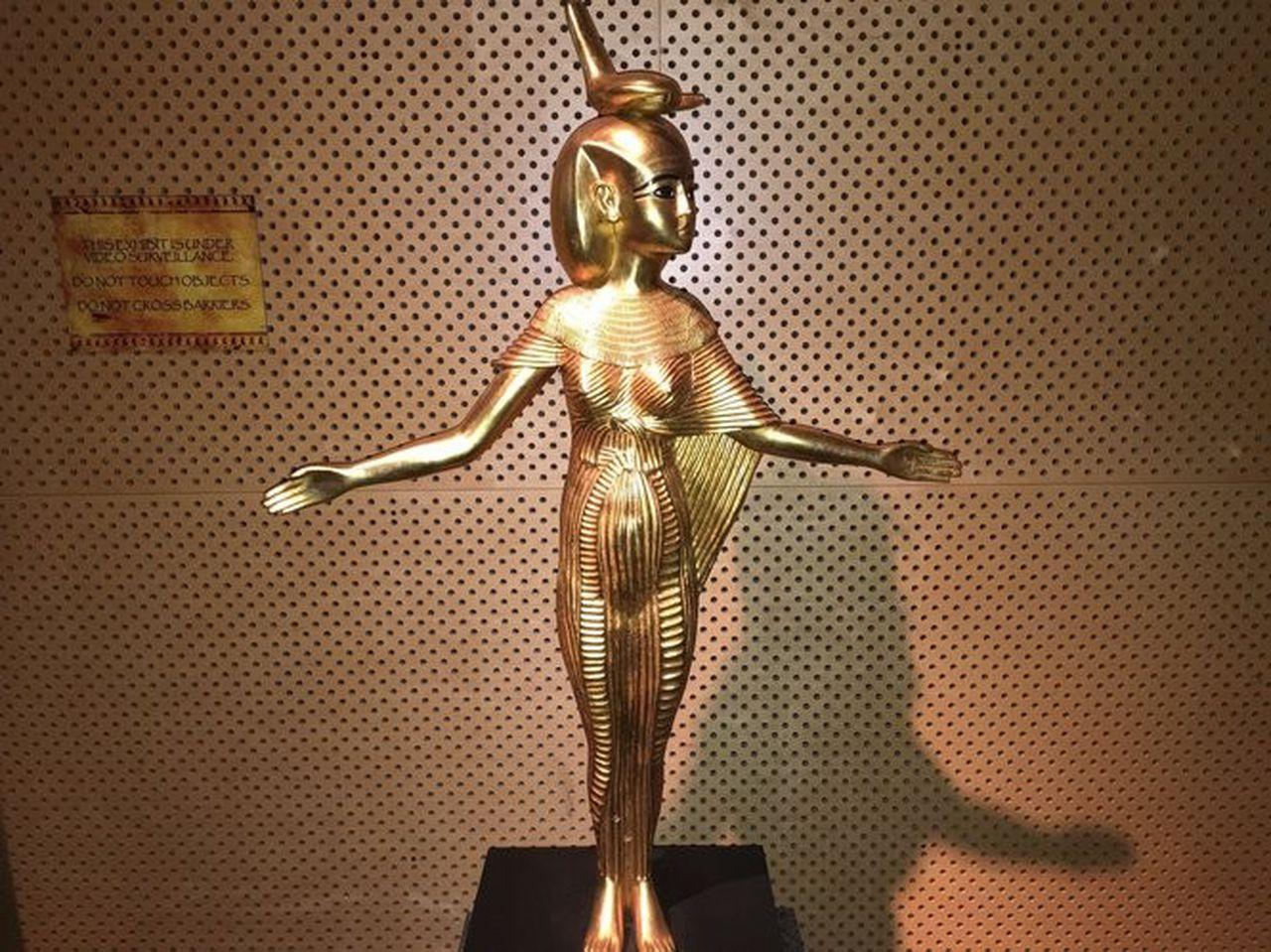
Sekhmet – 18th Dynasty
Sacred only to Isis in her connection with divine magic and escorted by sorcerers, the enchanting goddess Sekhmet is associated with childbirth and nursing as well as with the magical treatment of scorpion stings.
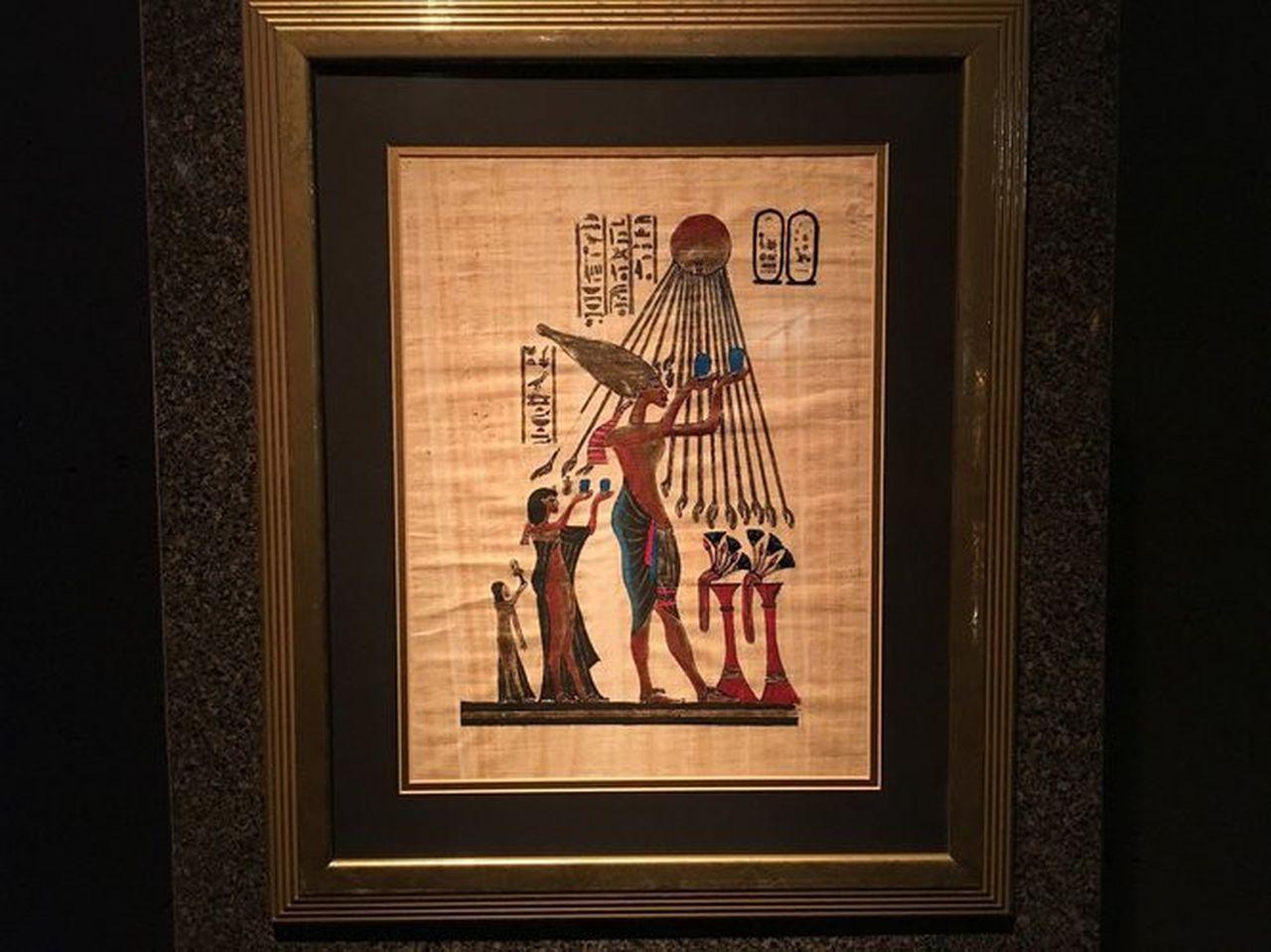
Papyrus Vineetteto of Akhenaton, Nefertiti, and Meritaton
The tough fibers of the flowering marsh reed, known as papyrus, were used in Egypt since ancient times to craft baskets, mats, ropes, and sandals while the pithy stems were cut into strips to make paper. This portable material departs from the traditional family making offerings to the radiant Aten.
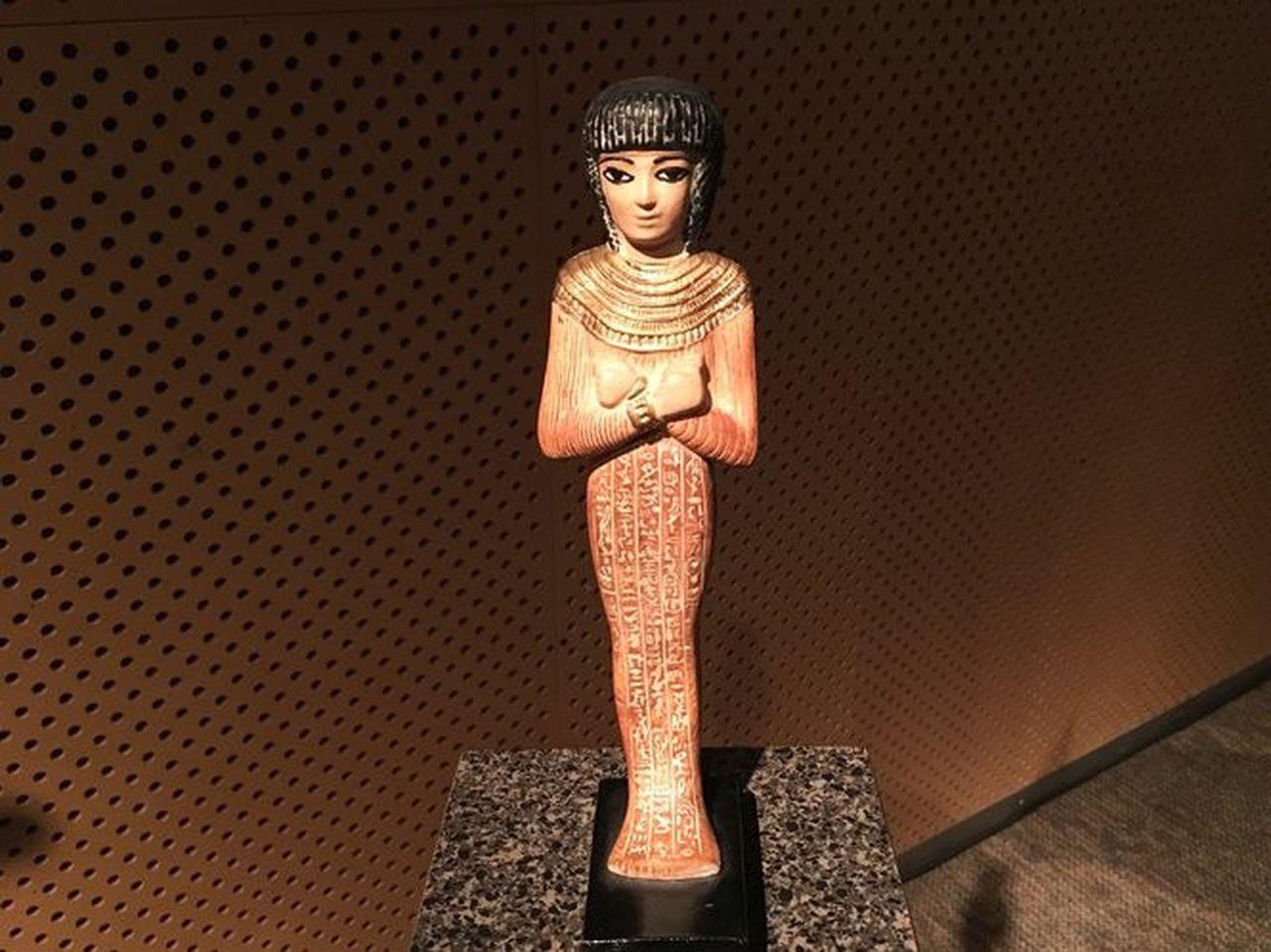
Ushebti Figurine – 18th Dynasty
From the time of the late Middle Kingdom (2040-1640 B.C.), funerary figurines with a visible head were commonly buried in tombs to serve as substitutes for the deceased in the afterlife.
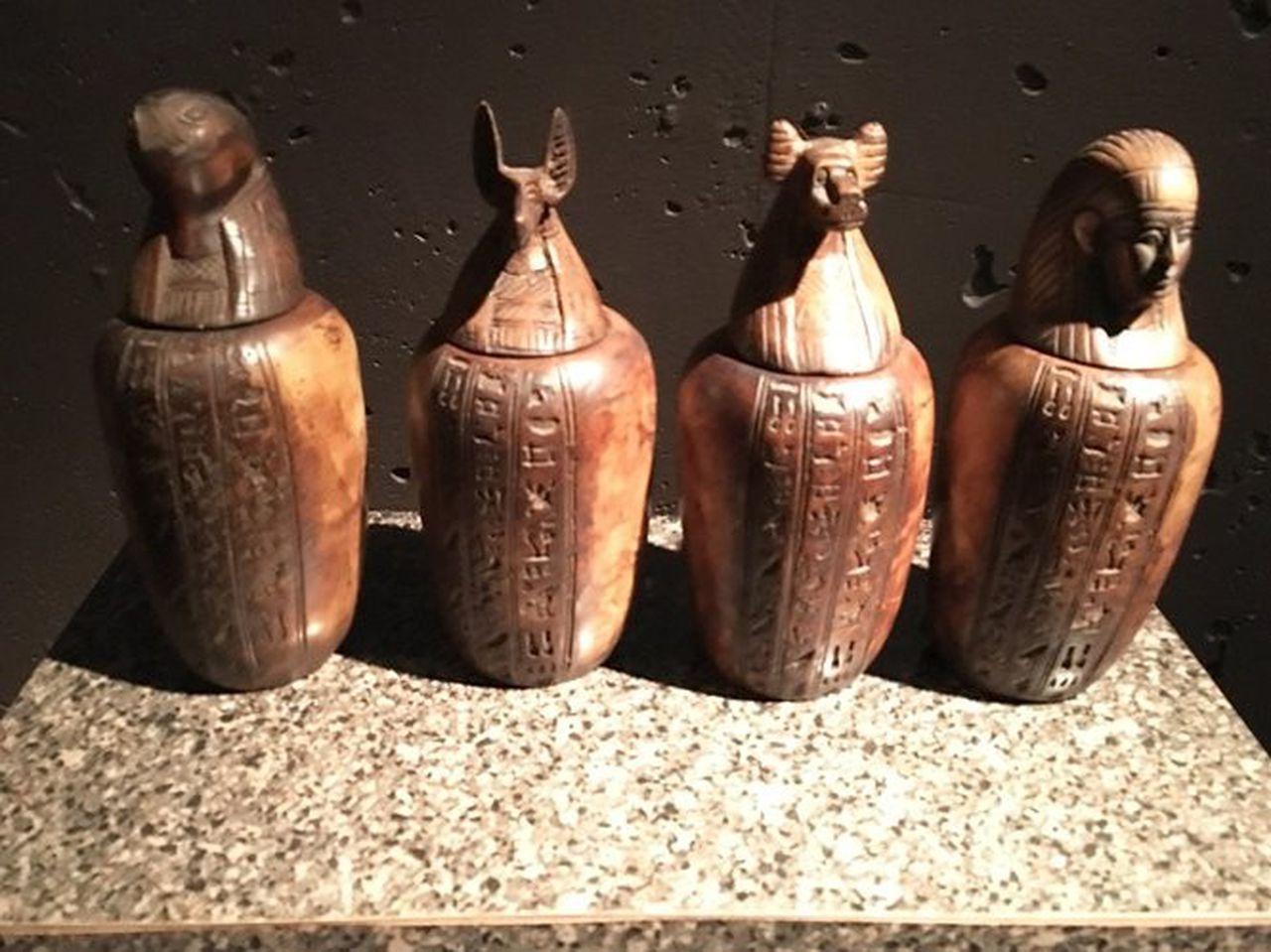
Canonical Urns – 21st Dynasty
The fascination with immortality in ancient Egypt led to a national economic endeavor centered around the production of ritual funerary equipment. These four genii, Imseti, Hapi, Duamutef, and Qebehsenuef, were identified with the internal organs of the deceased, which were separately embalmed and entombed in four ceremonial receptacles named for the town of Canopus where idols of the local god took the form of a rounded jar with the head of Osiris.
